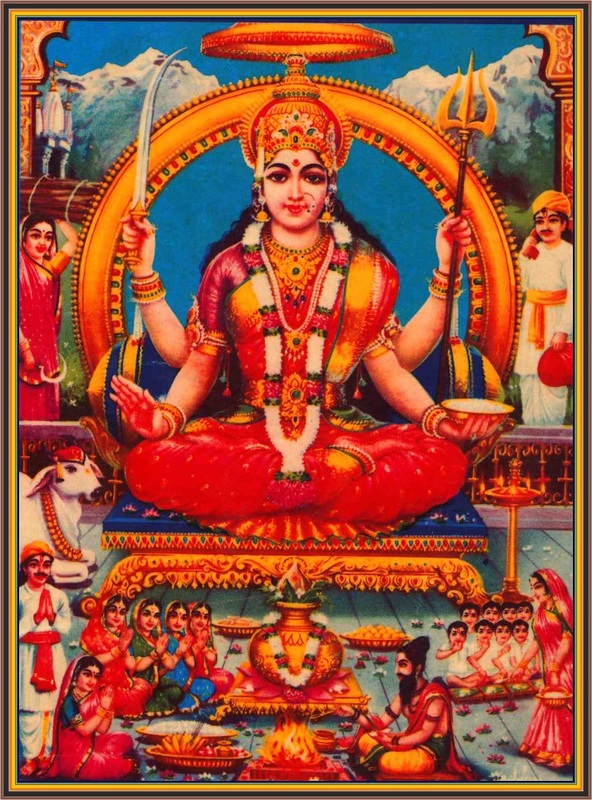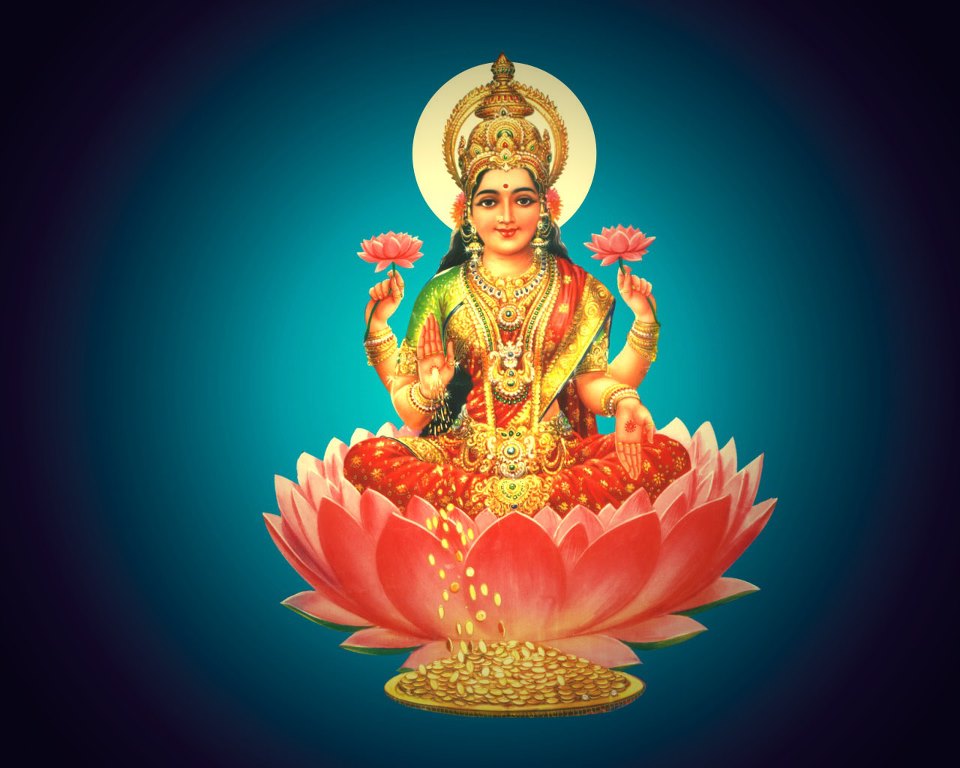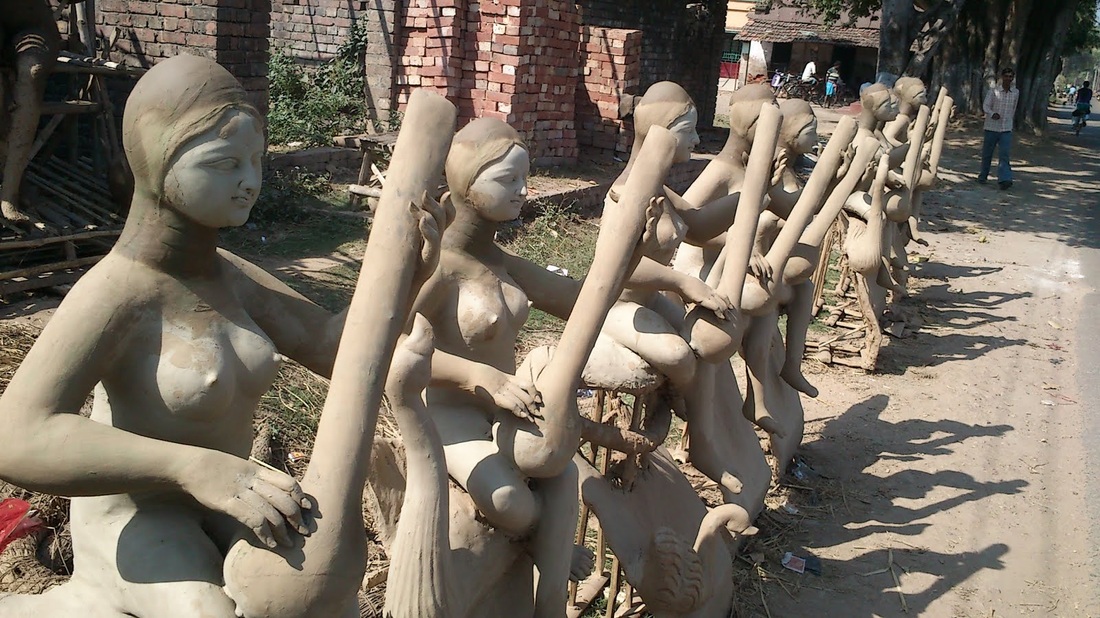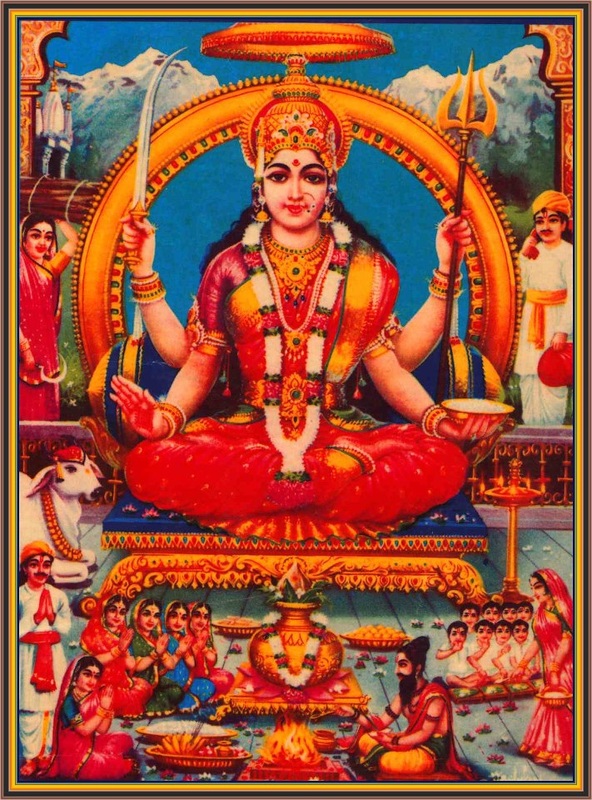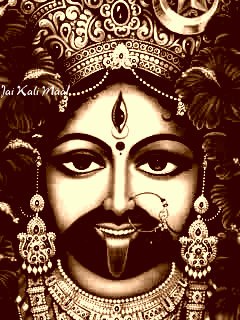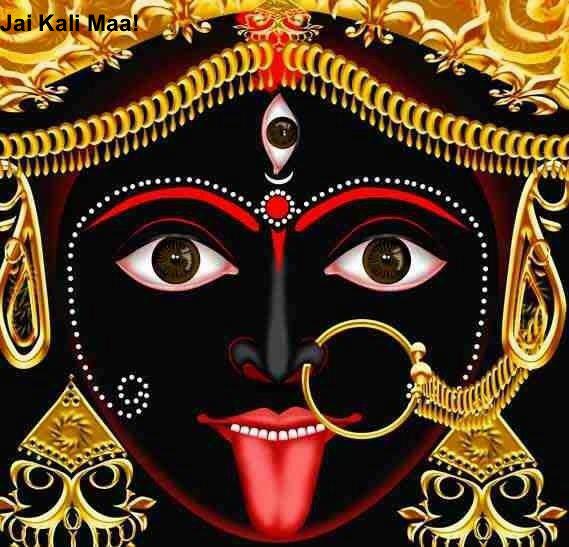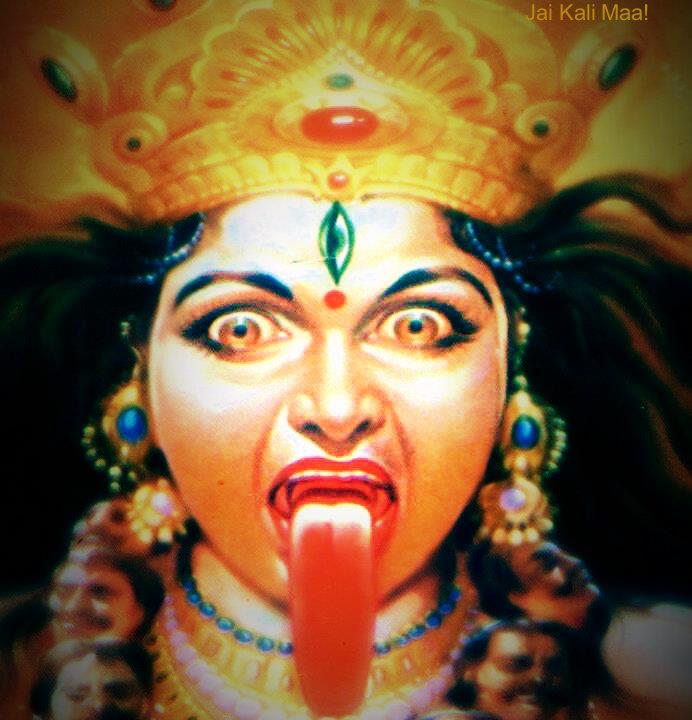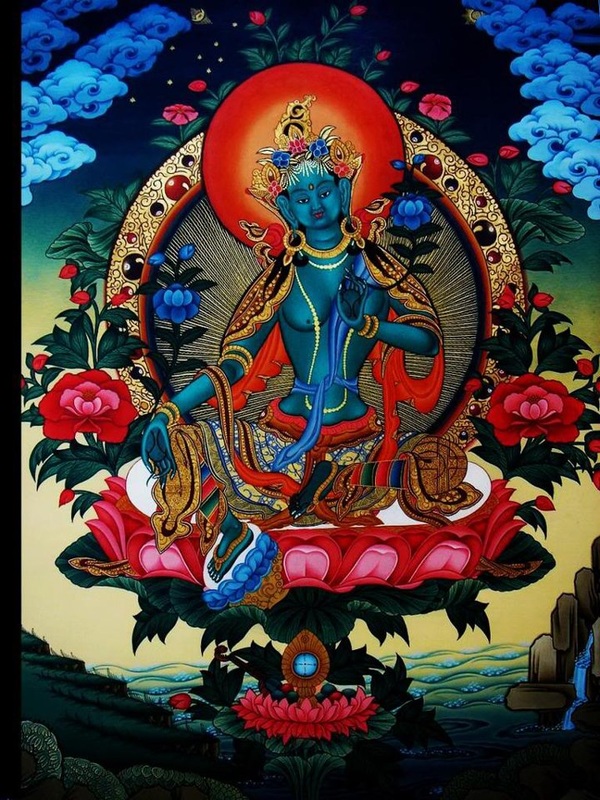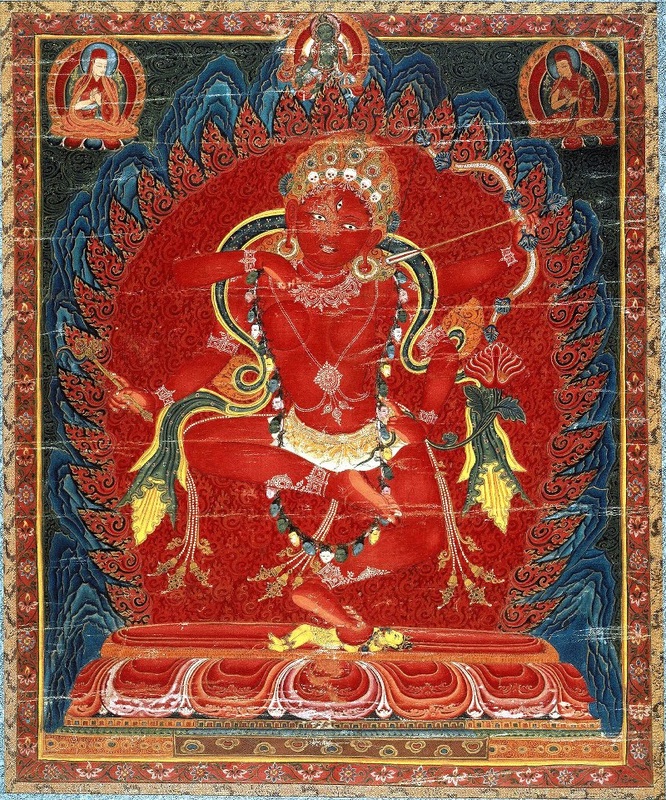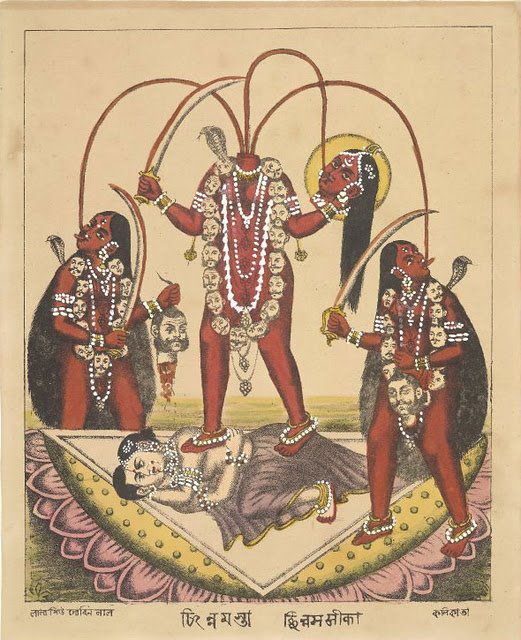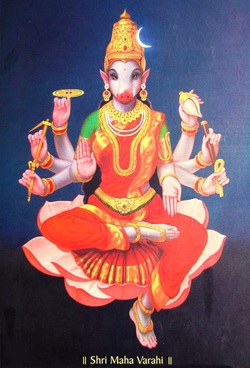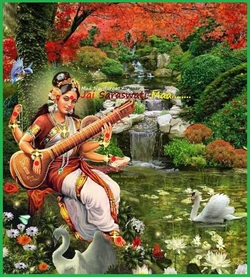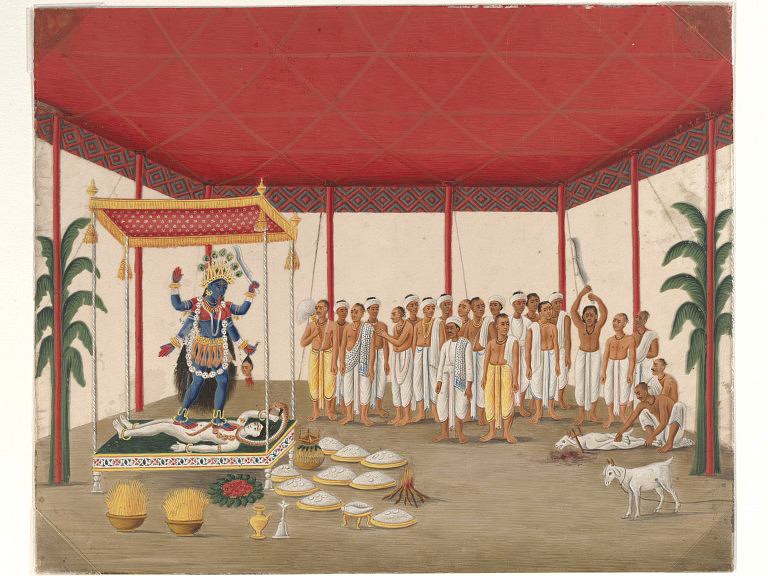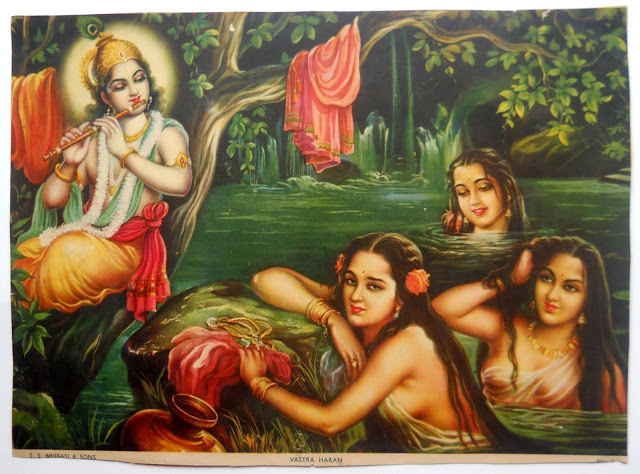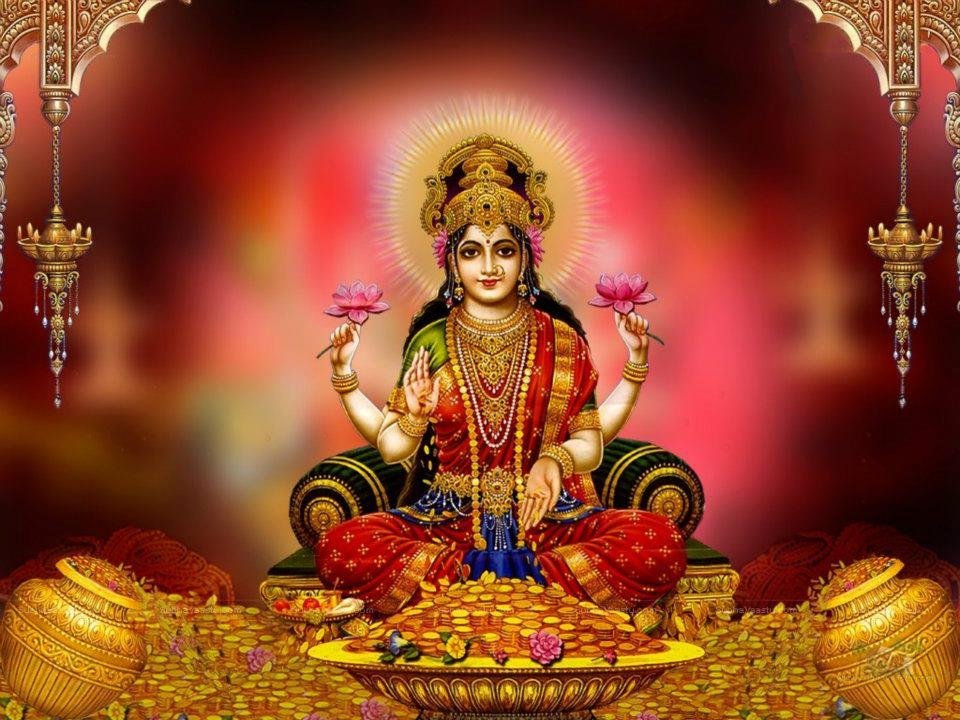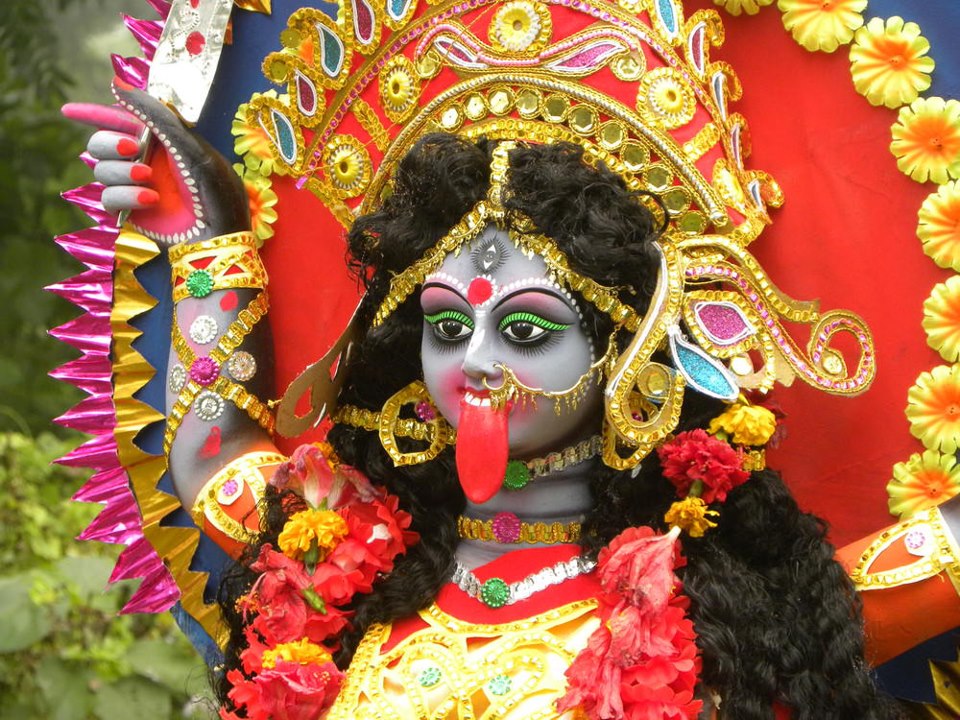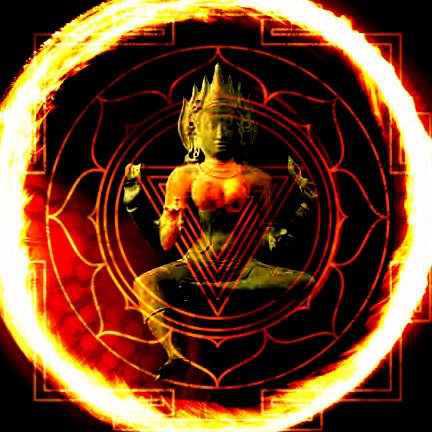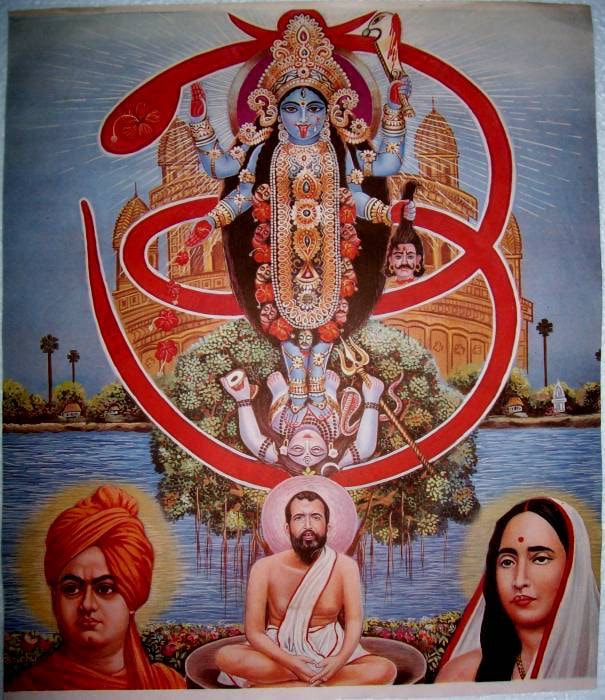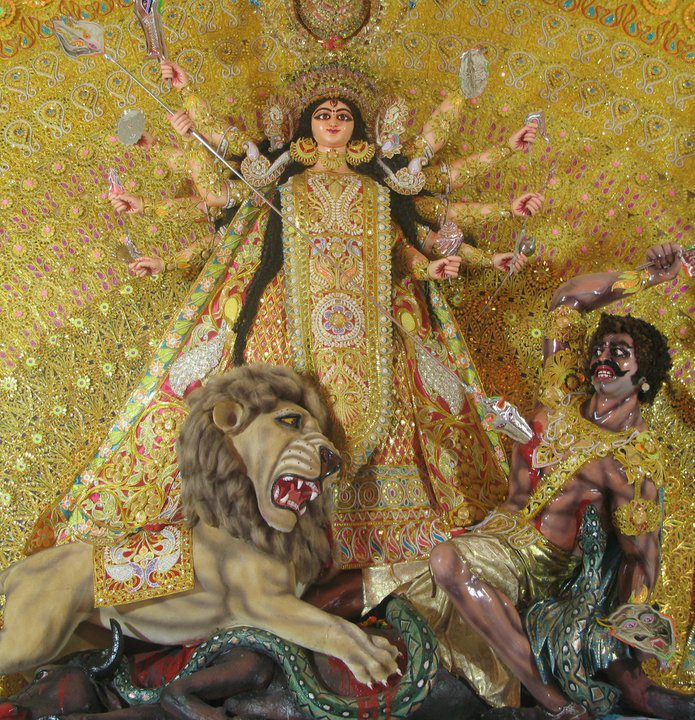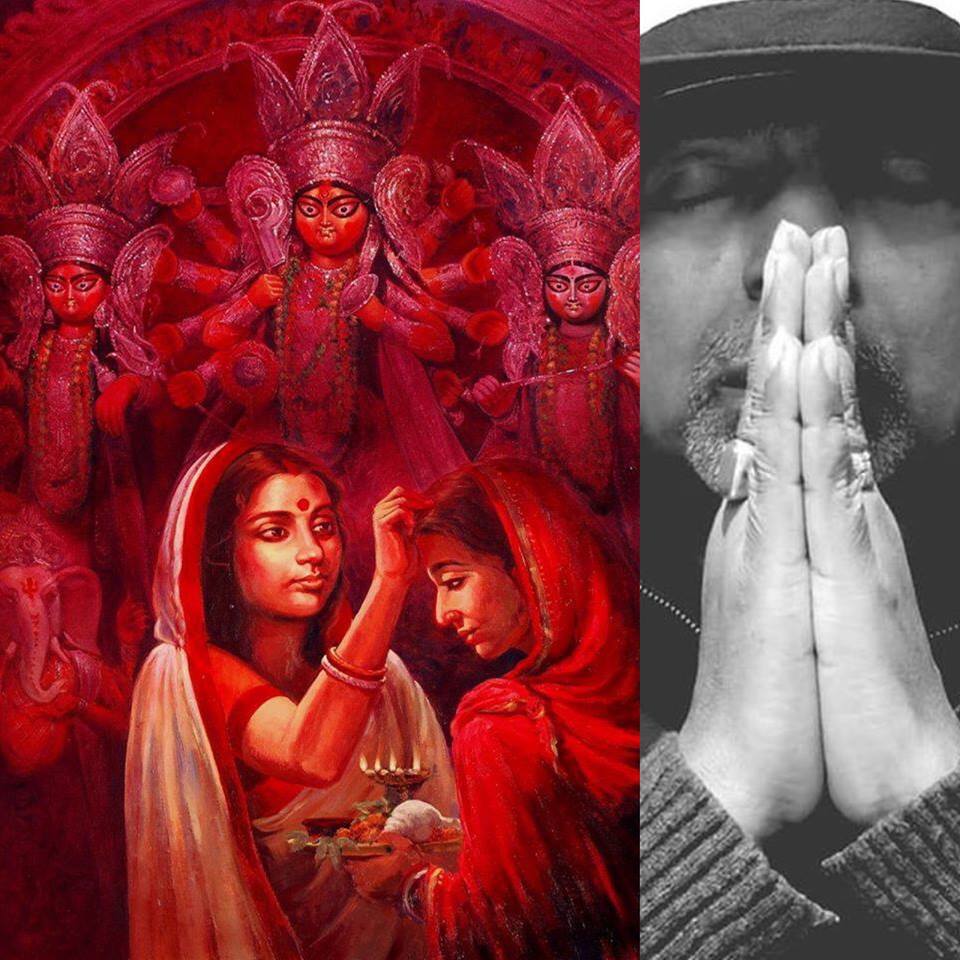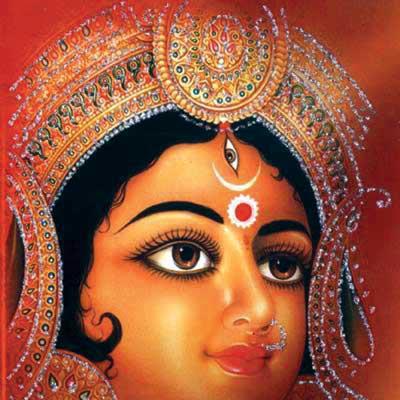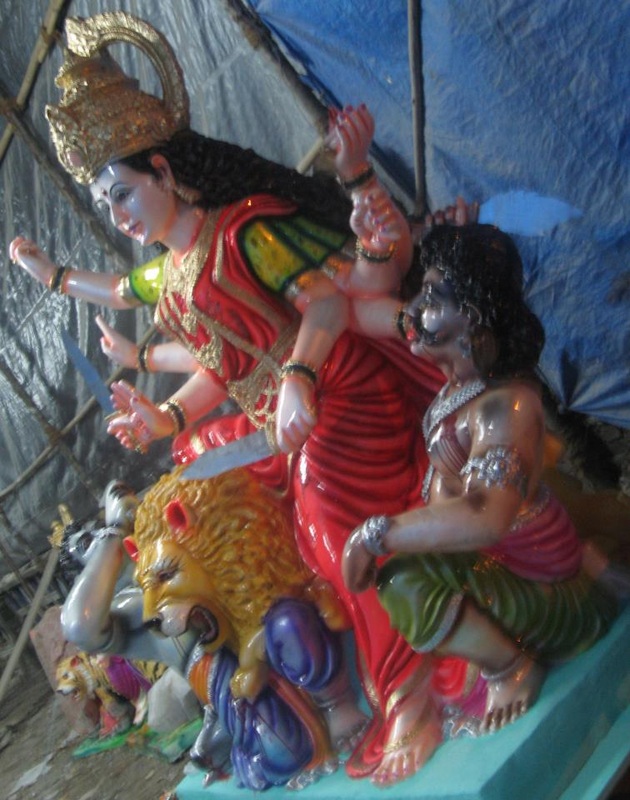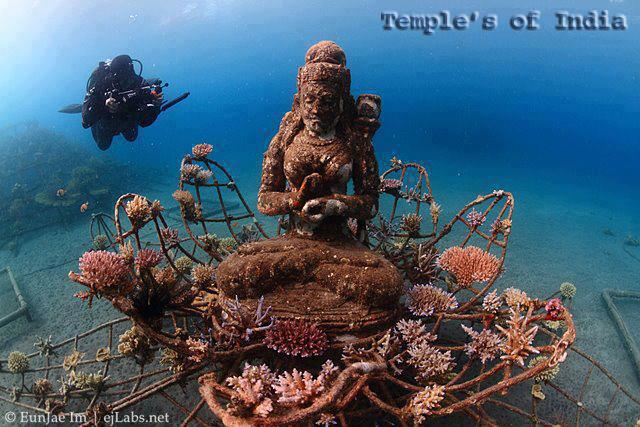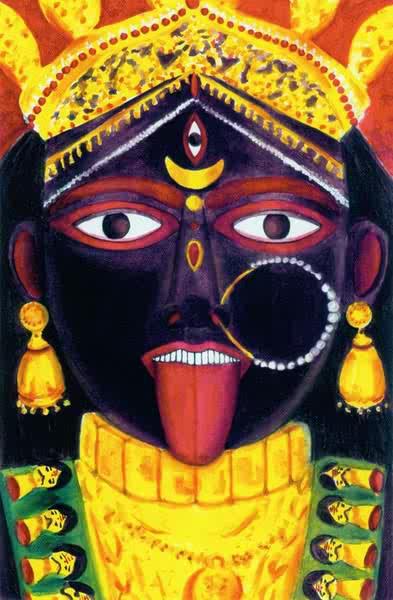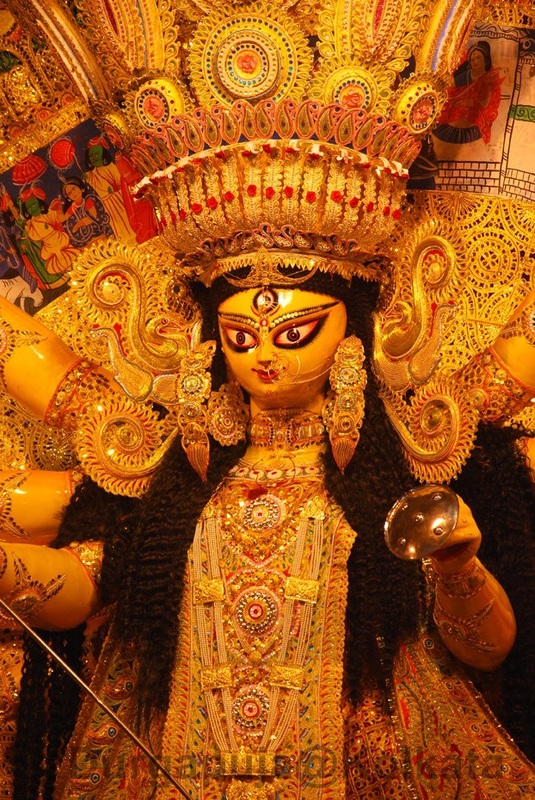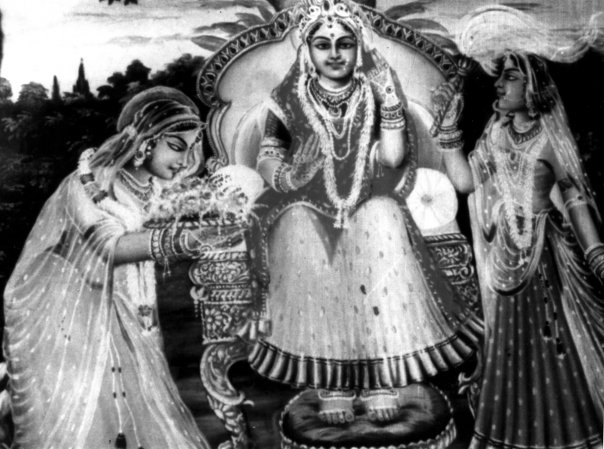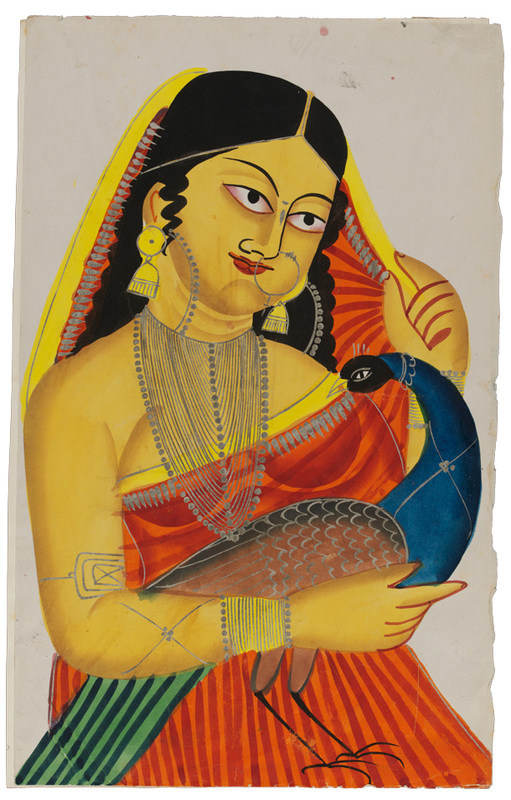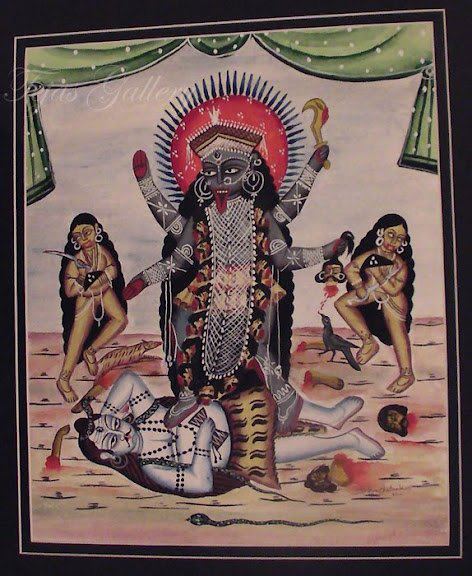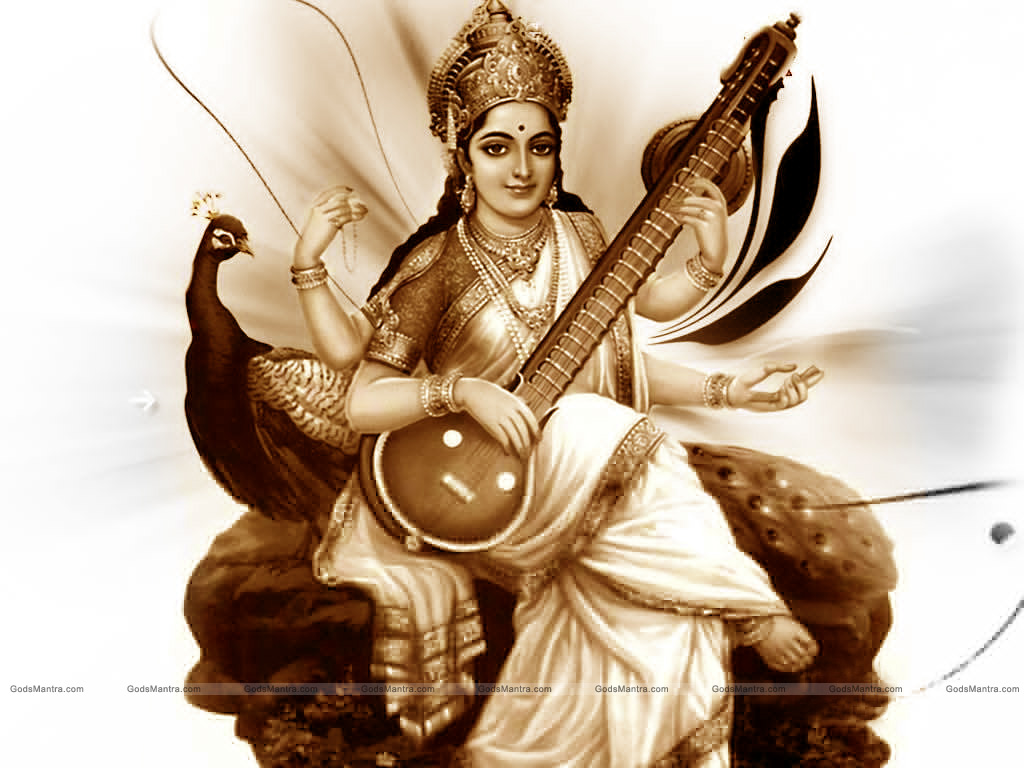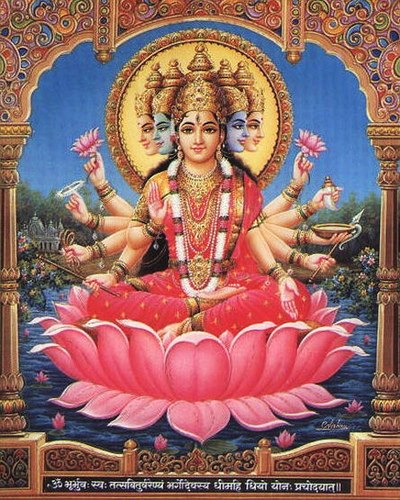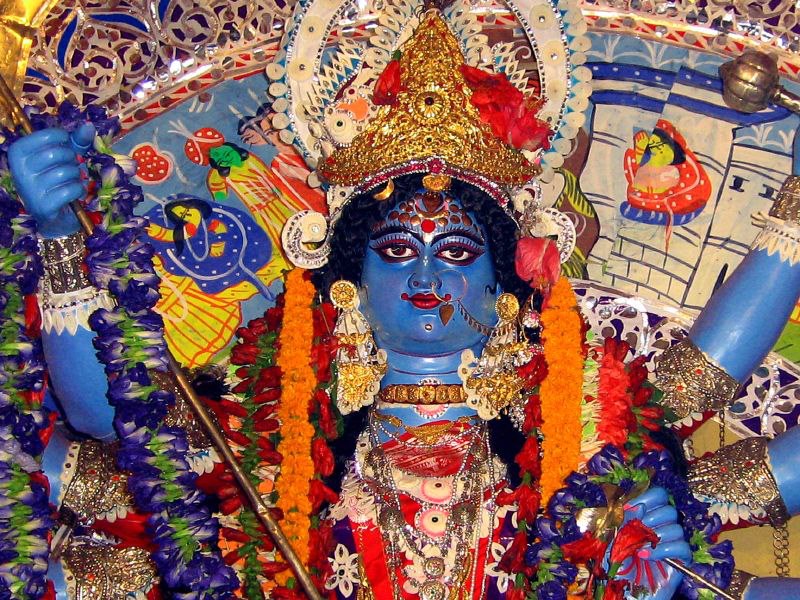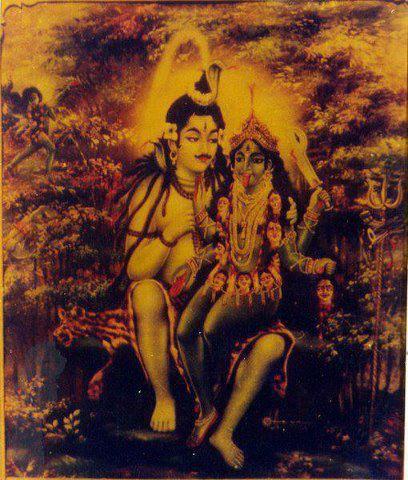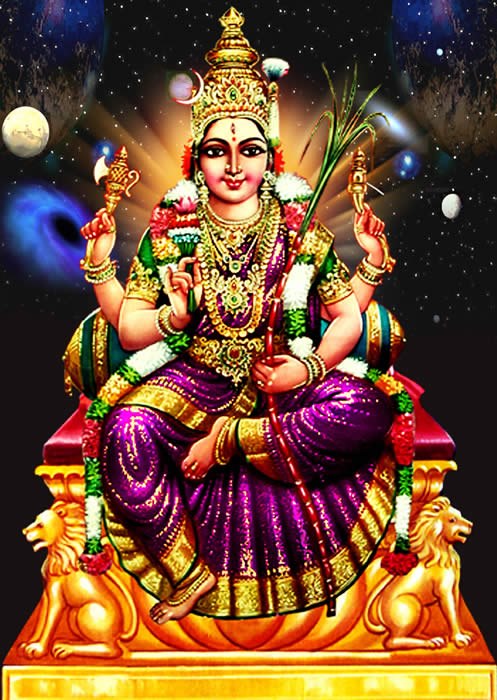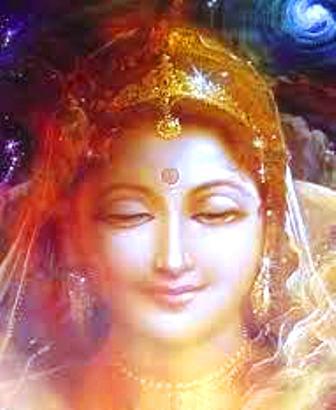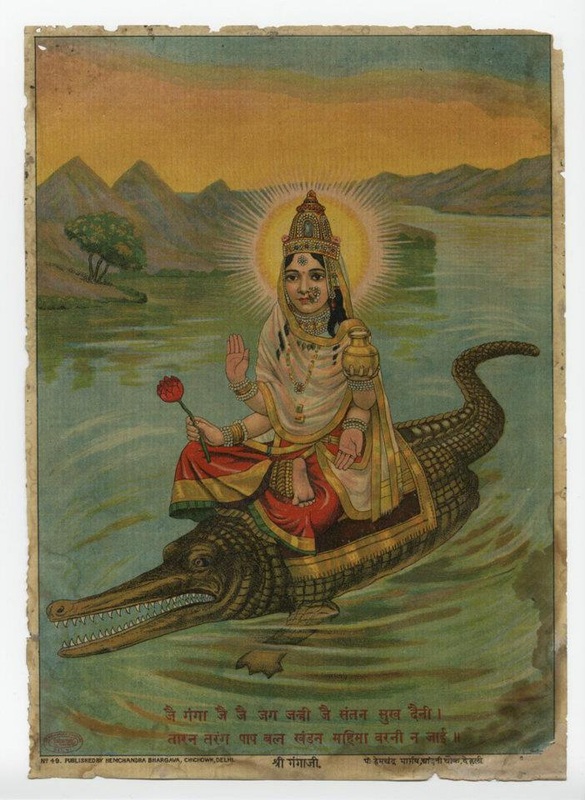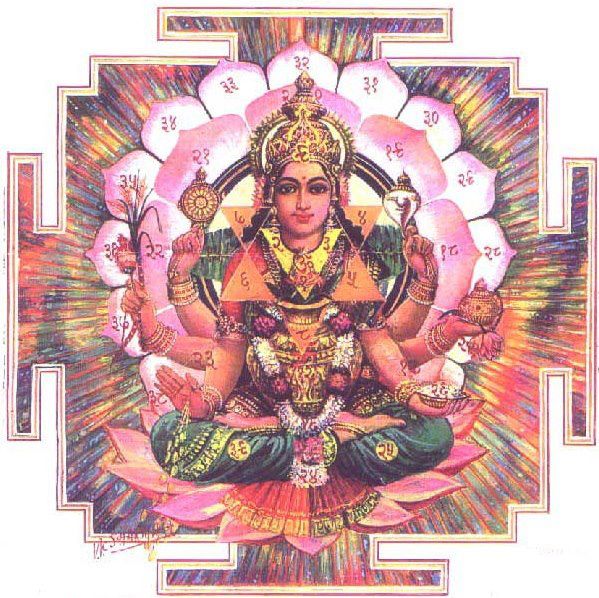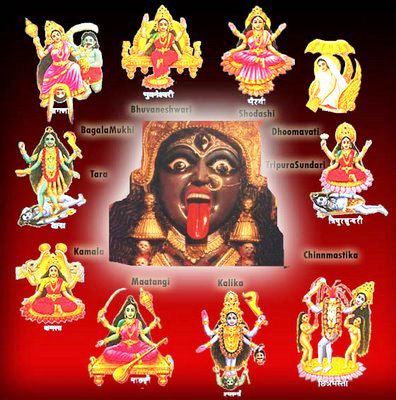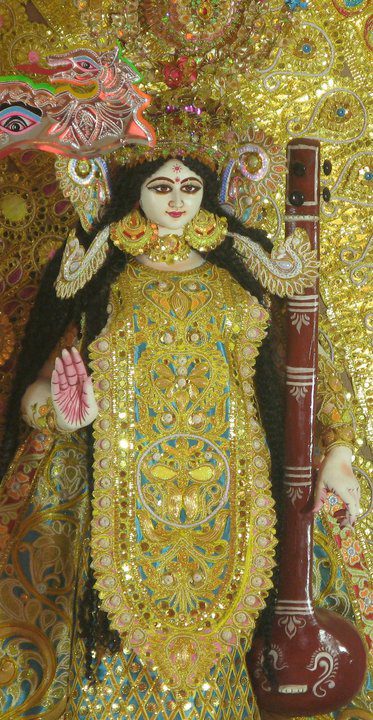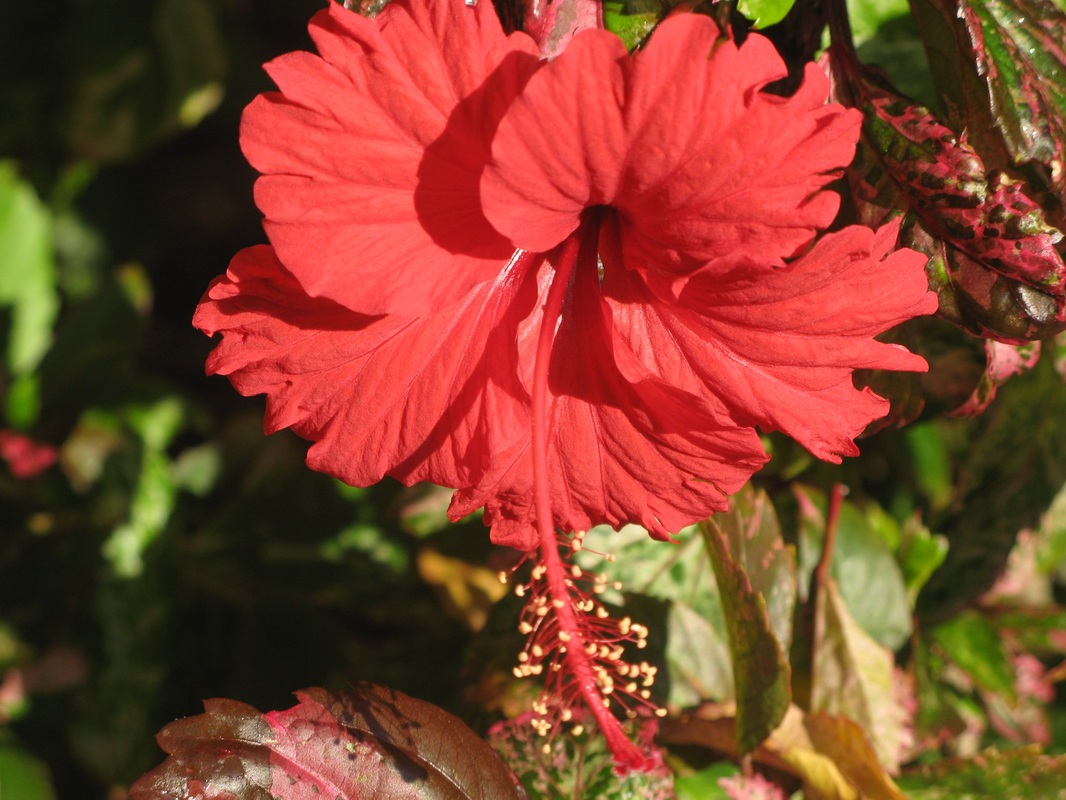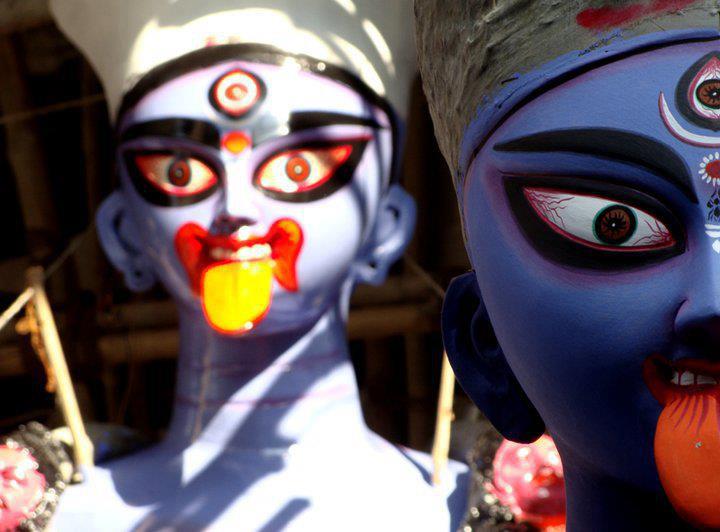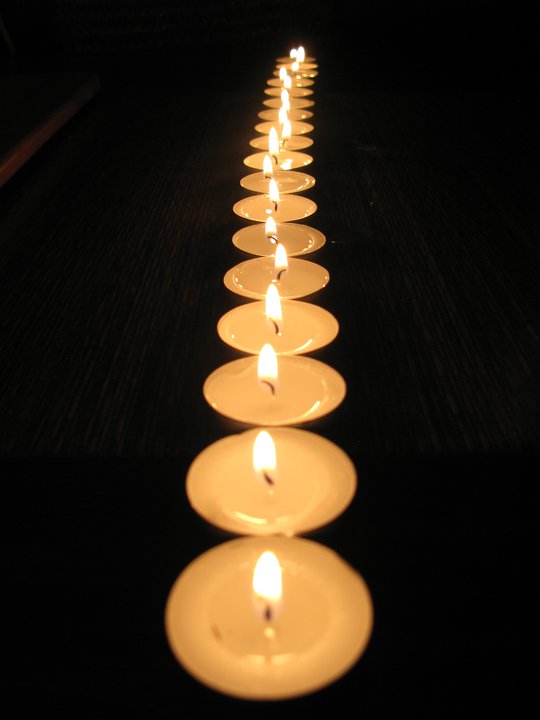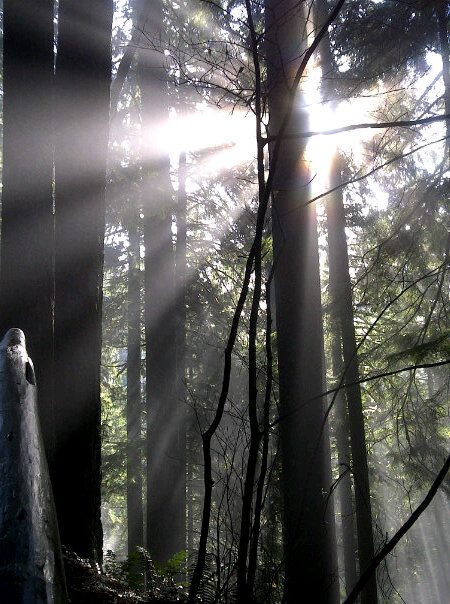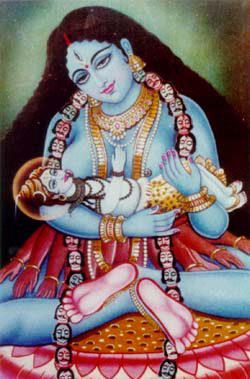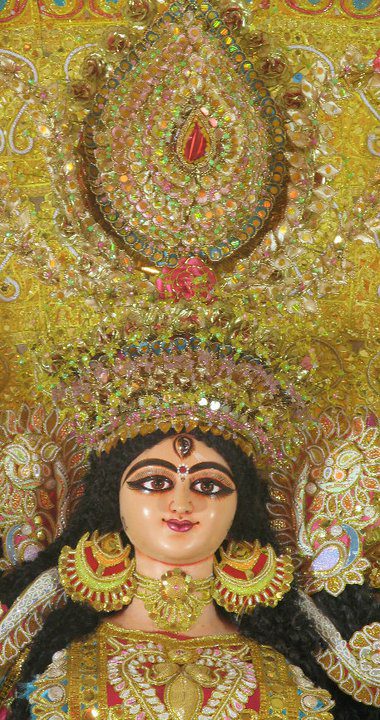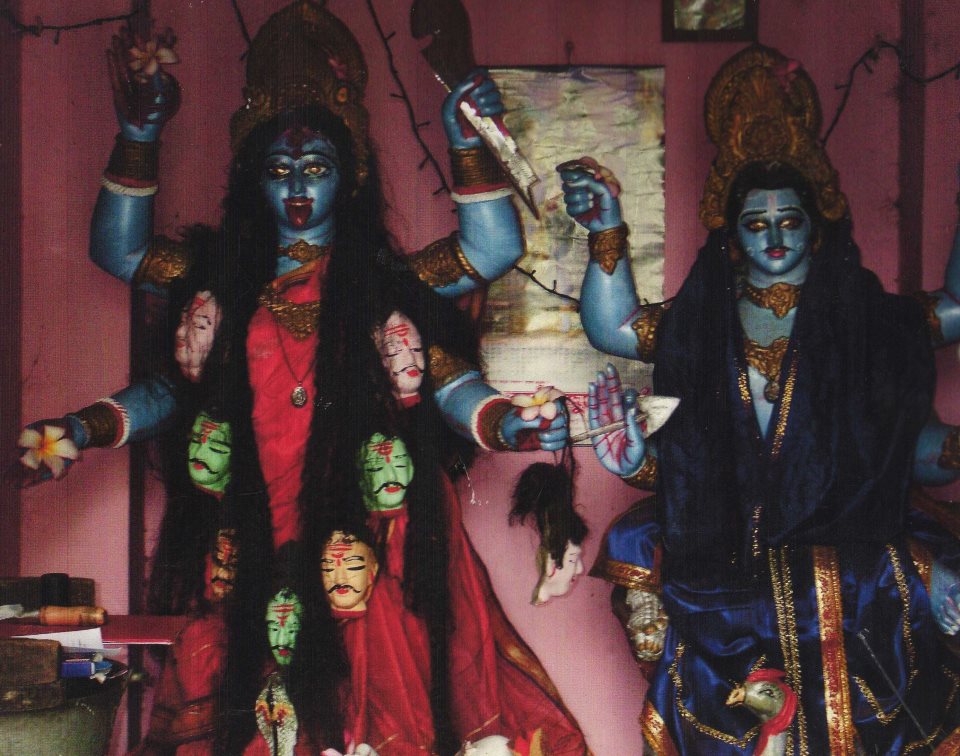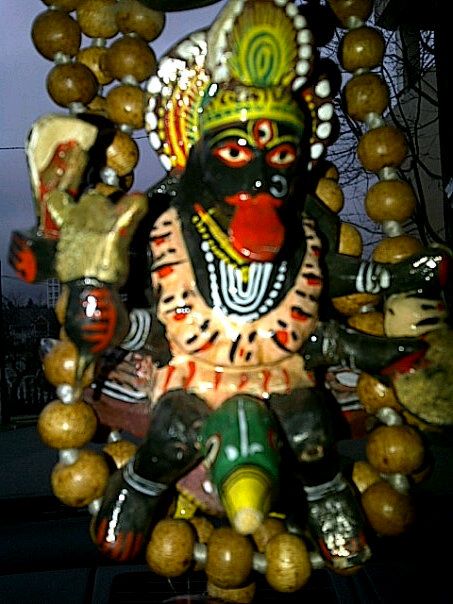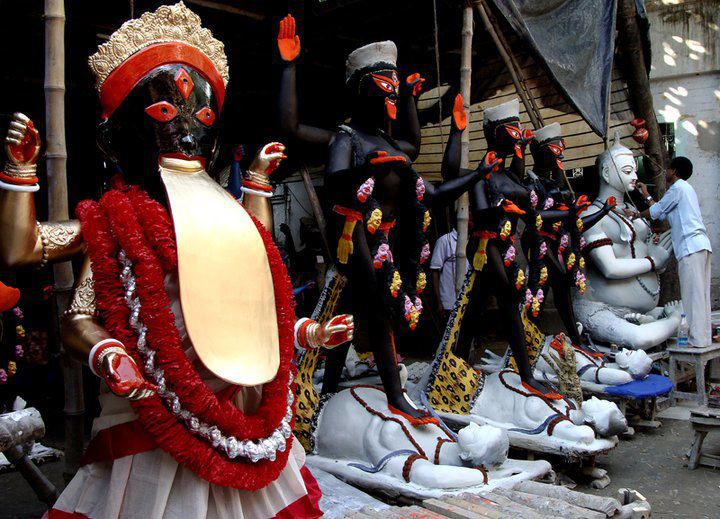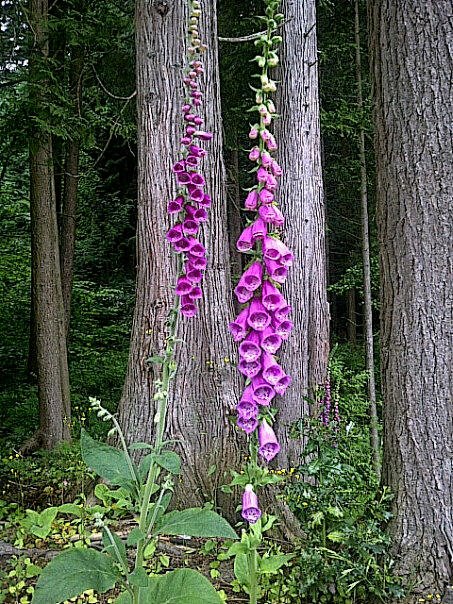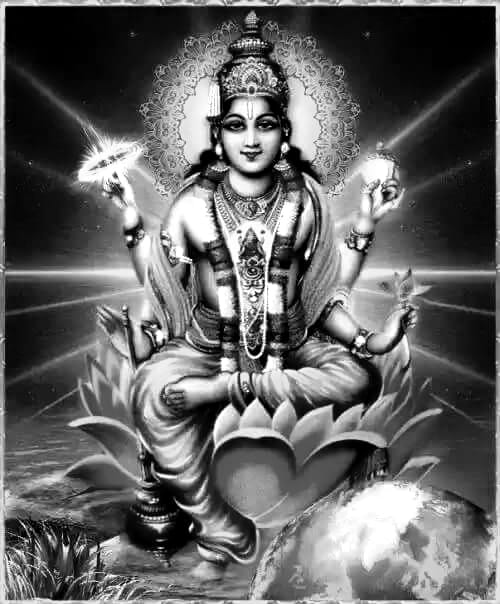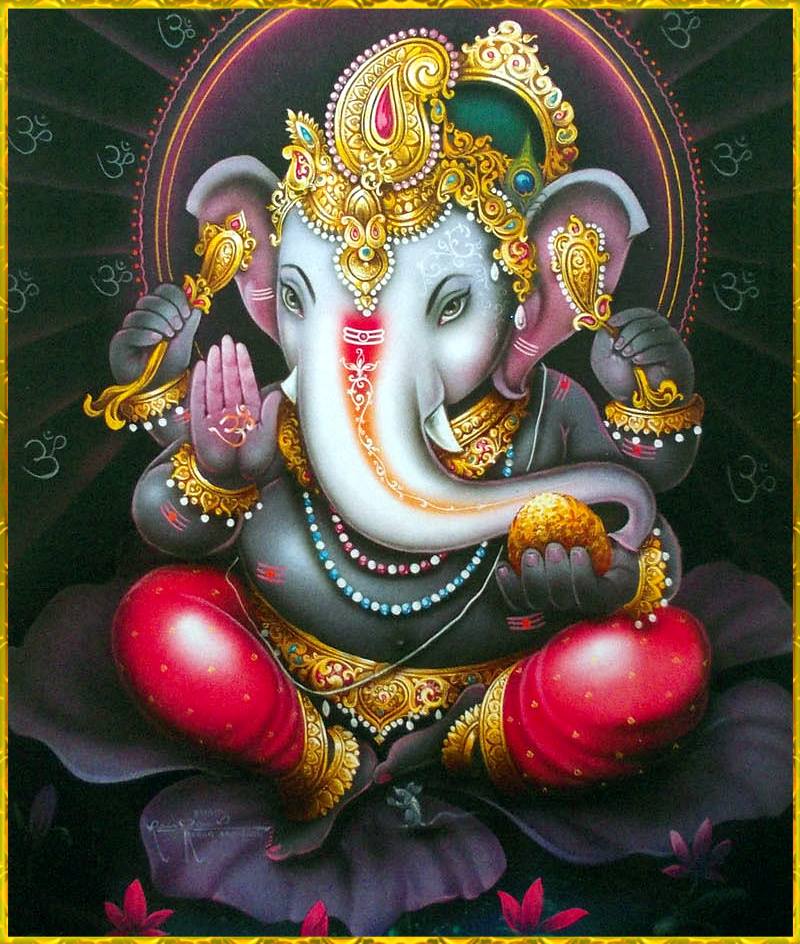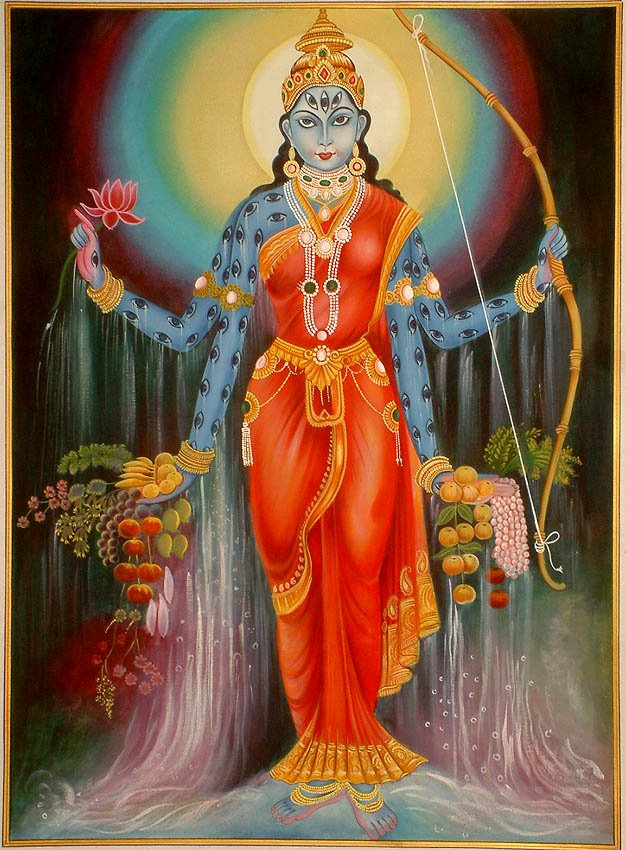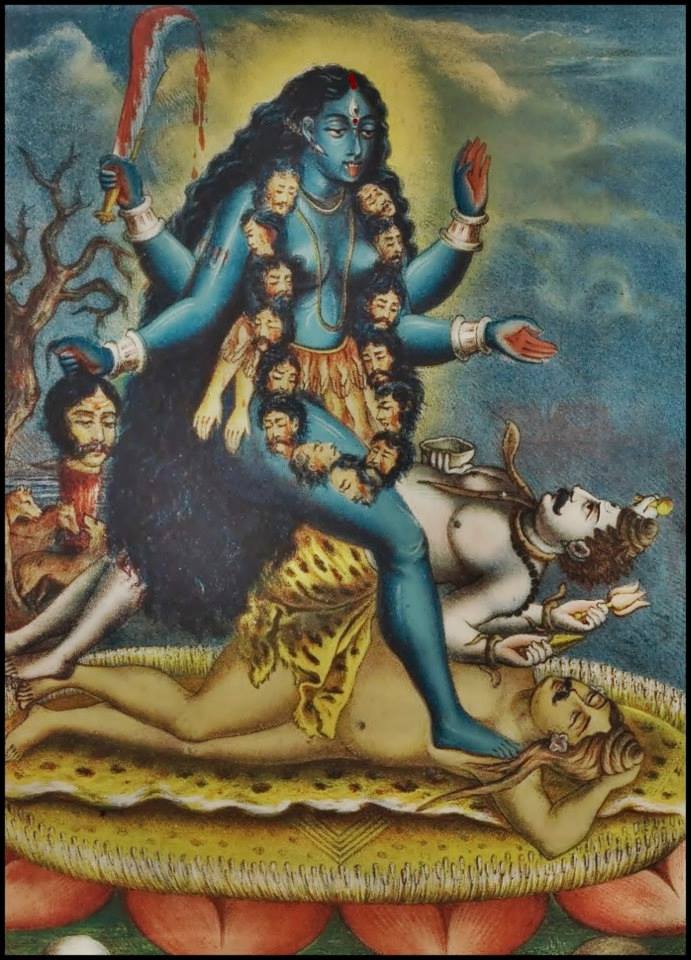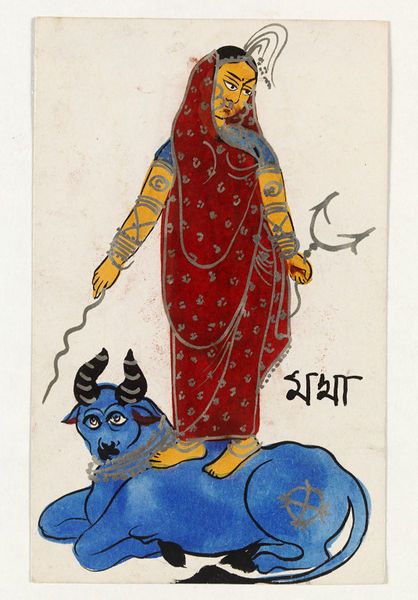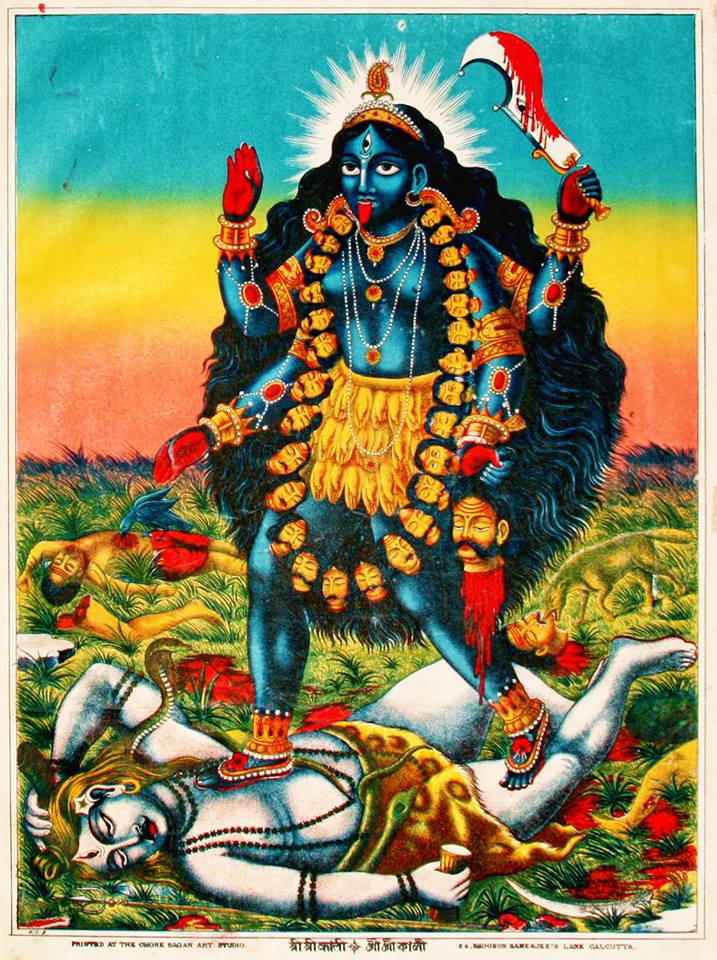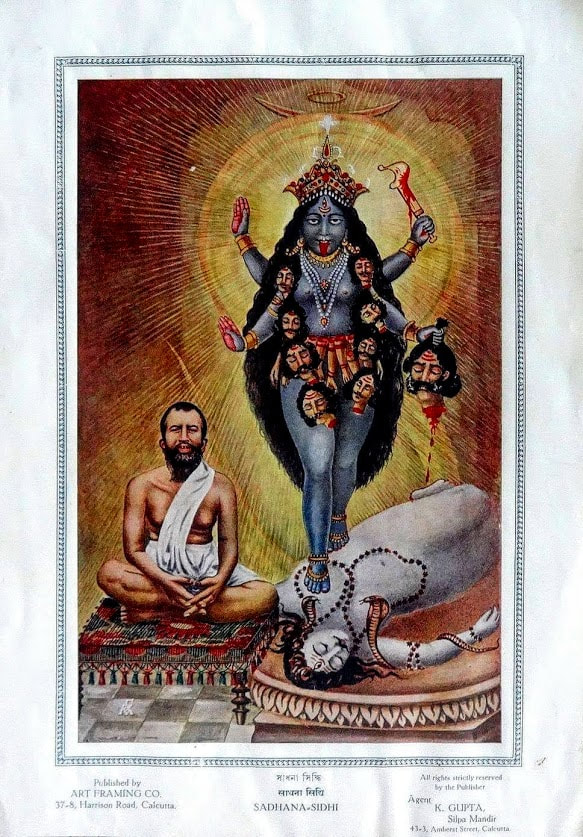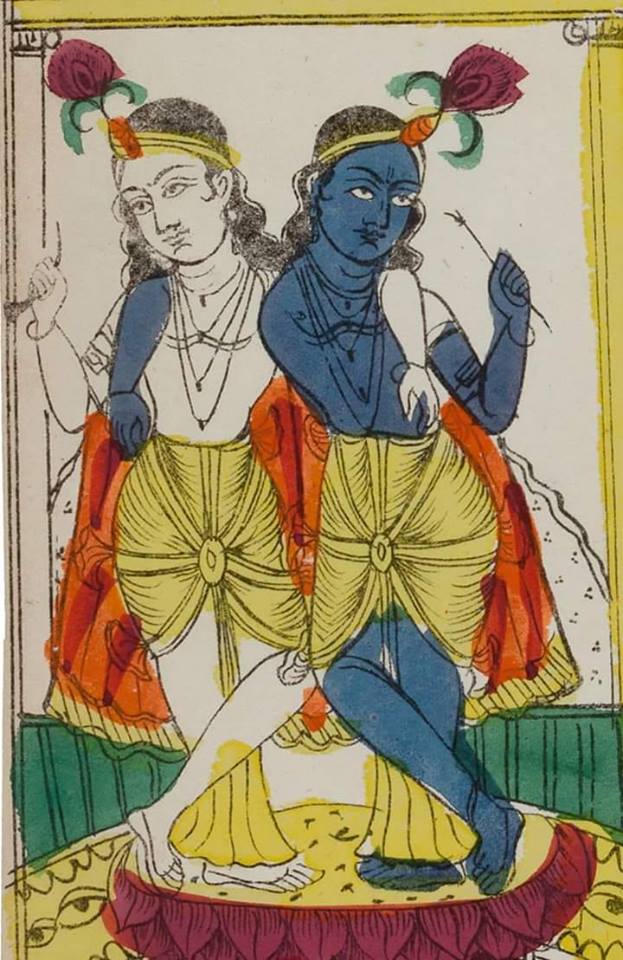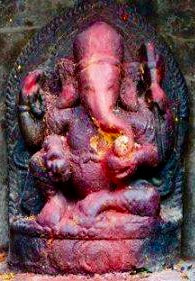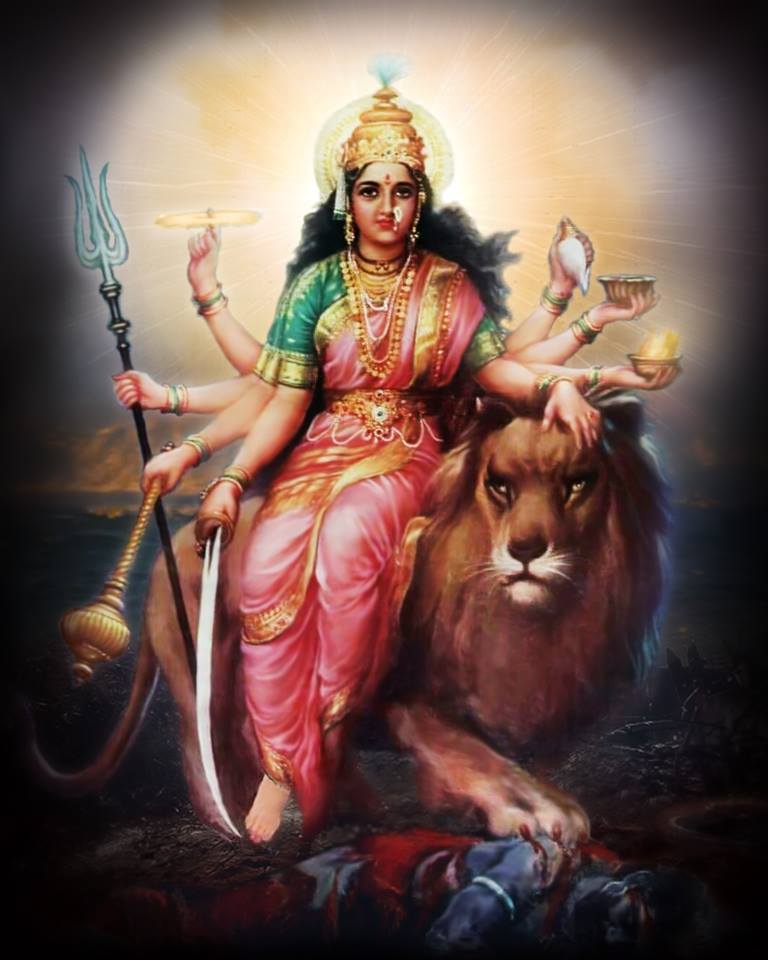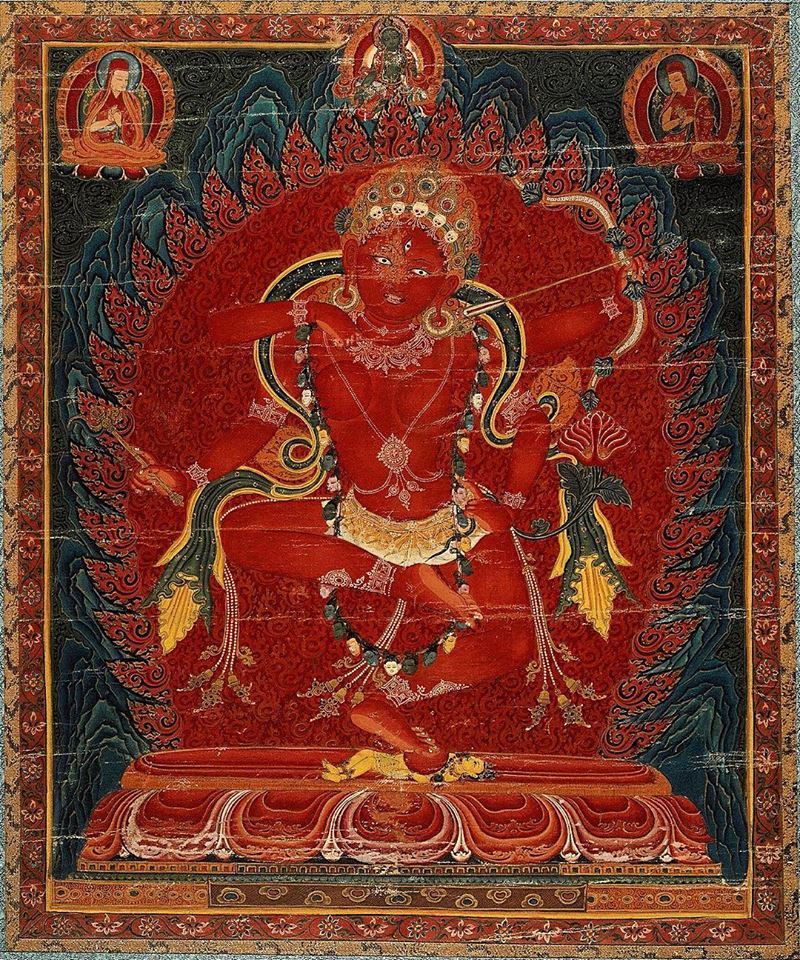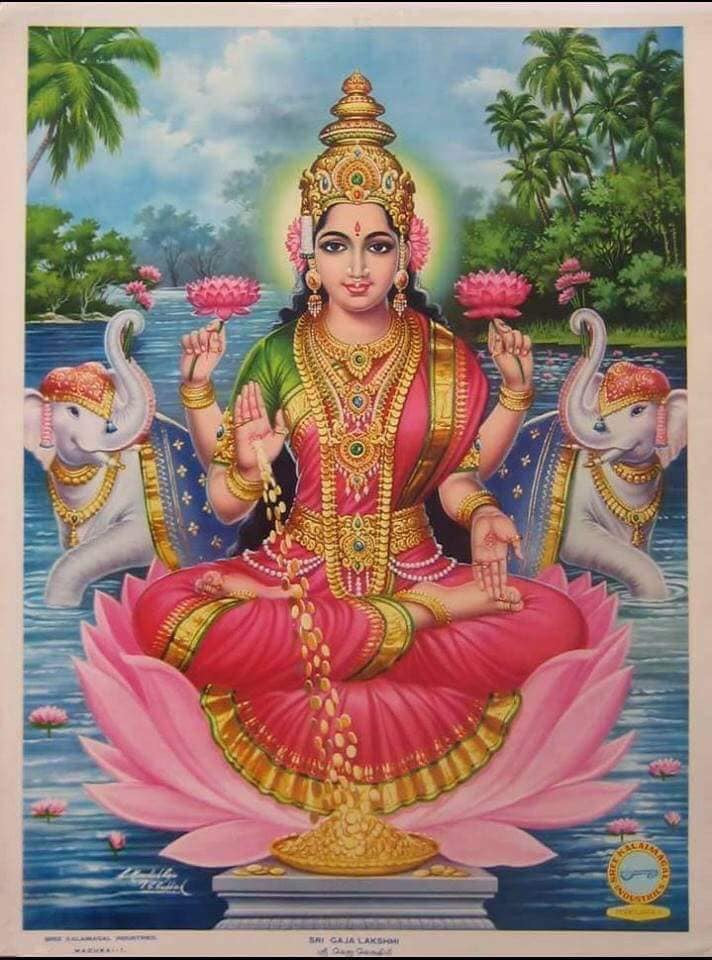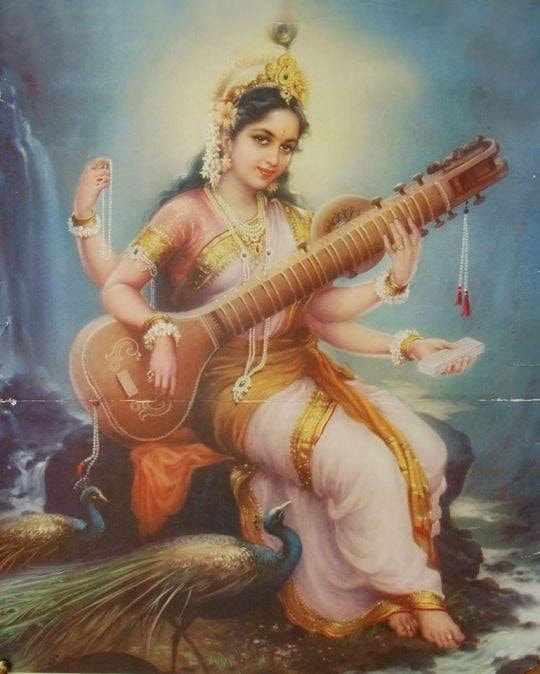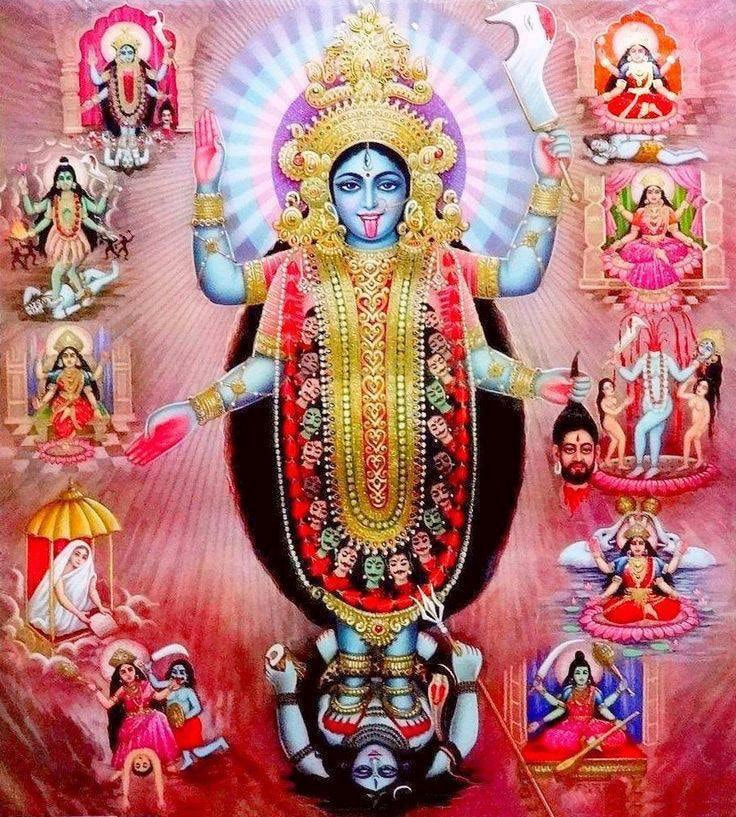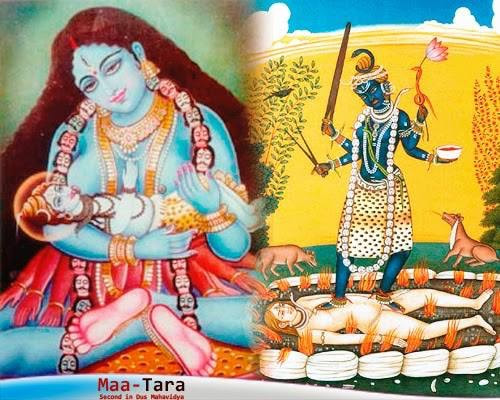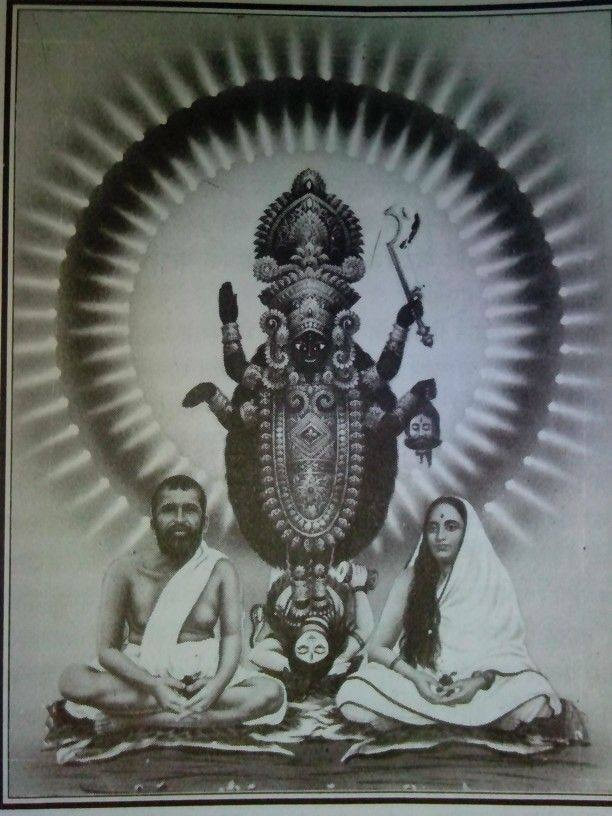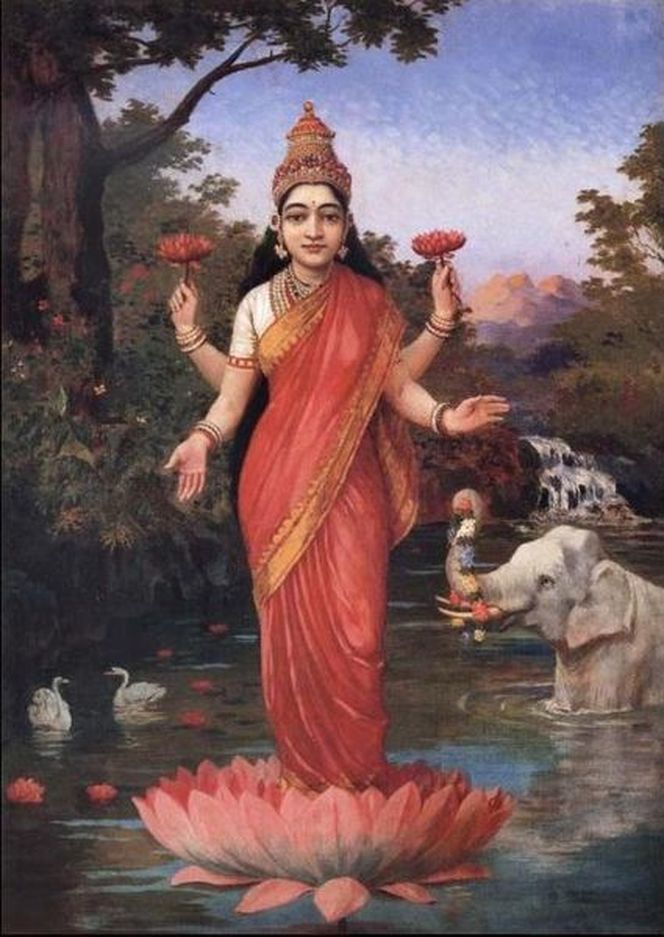
VISHNU PURANA: According to the Vishnu Purana, Lakshmi is the daughter of Bhrigu and Khyaati and resided in Swarga but due to the curse of Durvasa, she left Swarga and made Ksheersagara her home. The reappearance of Lakshmi after Samudra manthan and her marriage to Vishnu thereafter, remain the same. Laxmi is the power and Maya of Lord Vishnu. In some places She is seen in two forms, Bhudevi and Sridevi, both either side of Vishnu. Bhudevi is the fertility form in which She is Mother Earth. Sridevi is the wealth and knowledge of Her which is seen with Narayan. Contrary to popular belief, Bhudevi and Sridevi are manifestation of the same Lakshmi.
VISHNU PURANA: As soon as Lakshmi emerged from the ocean of nectar, she became the consort of Vishnu. She was of unparalleled female representation of Beauty and Wealth. She had eight forms dwelling in her: Dhanalakshmi - provides wealth, Dhaanyalakshim - provides crops, Dhairyalakshmi - provides courage, Shauryalakshmi - provides valour, Kirtilakshmi - provides fame, Vinayalakshmi - instills modesty, Raajyalakshmi - provides kingdom and Santaanlakshmi - provides children. Thus Mother Lakshmi signifies property, happiness, radiance and fame.
PADMA PURANA: It is believed that Tulsi is an incarnation of Goddess Laxmi, consort of Lord Vishnu. She is often called with the name of ‘Vishnupriya’ literally meaning ‘the beloved of Vishnu’. Tulsi vivah is a traditional marriage of the Tulsi plant to the Lord Vishnu. The legend behind the Tulsi Vivah is mentioned in the Padma Purana. This day is usually observed on the eleventh or the twelfth lunar day of the Kartik month. It is a grand festivity that has a lot of significance for the Lord Vishnu and Goddess Lakshmi devotees.
According to the texts mentioned in the Padma Purana, Tulsi was a woman named Vrinda or Brinda. She was married to a demon king, Jalandhar. She used to worship Vishnu and offered prayers to protect her husband from being killed by any God. All other Gods reached Lord Vishnu and convinced him to cohabitate with Tulsi in Jalandhar’s disguise without telling her the truth. Vishnu was convinced and started living with her Tulsi under one roof. When the Jalandhar was killed, the truth became apparent to Tulsi. She cursed Lord Vishnu to be transformed into a Shaligram. After that, Tulsi collapsed and from her body, whereupon, a Tulsi plant appeared.
It is believed that Vishnu Pooja is believed to be incomplete without the presence of leaves of the Tulsi plant. It is said that who performs the ritual of Tulsi Vivah and give away the Tusli to Lord Vishnu as a daughter of her own, is believed to earn the virtue of performing Kanyadana – giving away of a virgin daughter.
LAKSHMI PURANA: This Purana was written by Balram Das in the 15th century. Das belonged to the age of Panchaksakha, the age of Oriya spiritual literature. In this Purana, the character, Shreeya, is an untouchable woman. She is viewed as a scavenger from the low class. But Shreeya is given to Goddess Lakshmi worship. She observes vrats and festivals devotedly. Being much moved by her devotion, Goddess Lakshmi, came out of Her permanent abode, the temple which is situated inside the Shriketra or Puri of Lord Jagannatha and visited Shreeya's house. It is one of the most sacred Dham or pilgrimage spots.
This visit comes to the knowledge of Lord Balabhadra, the elder brother of Lord Jagannatha. Lakshmi was declared defiled. She was not allowed to come back into the temple. Deeply hurt by this, Lakshmi leaves the Shriketra. She avenged the insult by cursing Vishnu and Balabhadra to go through a prolonged ordeal without food, water and shelter.
This curse materialized. With Lakshmi’s exit, all wealth in the temple started vanishing. Later the Gods Balabhadra and Jagannatha couldn't find food to sustain themselves. They came out of the temple in the attire of Brahmin beggars in search of food. Ultimately they landed at the door of the Goddess Lakshmi. Balabhadra apologised for the mistake and all of them returned to the temple.
Lakshmi Purana ultimately teaches all to pay extreme regard to Goddess Lakshmi and the person who disregards Her is sure to fall on evil days. This means that wealth should be well protected and properly used and misutilisation of wealth is sure to make a person suffer. The inherent message in the Purana are issues of untouchability and importance of feminism.
Hara Hara Mahadeva
(Lakshmi in Puranas – contd) /by Yogi Ananda Saraswathi
LAKSHMI IN THE PURANAS (2) Traditionally, sage Markandeya is linked to Lord Shiva and Shaivite worship. By Shiva’s grace, the sage lives eternally and even survives the Mahapralaya, the end of the cosmic cycle. In Narada Purana, his birth as the son of Rishi Markandu is said to be the grace of Lord Vishnu. By Linga Purana and accounts , the sage popularly believed to have been saved from very early death, by the grace of Lord Shiva.
The was a previous posting explaining Markandeya embracing the Shiva Linga and escaping the wrath of Yamaraja. What makes this particular story different in Skanda Purana, is that Markandeya, according to the is saved by Vishnu and is then granted immortality. The dialogue between Goddess Lakshmi and Yamaraja catches this diversion. But towards the end, Markandeya pays his gratitude to Lord Shiva.
SKANDA PURANA: Markandey eulogizes Vishnu -Lord Brahma sits down to meditate, soon after reaching Purushottam kshetra, Vishnu’s abode. He remained so engrossed without sense of time. Now, Lord Yamaraj found that his power of causing death had no effect on people living in Purushottam kshetra. It was all chaotic so Yamaraj rushed towards Neelachal mountain. Yamaraj had to seek Lord Vishnu's intervention as he too had the duty to preserve.
Lord Vishnu smiled and signaled goddess Lakshmi to say something to Yamaraja. Goddess Lakshmi said 'O Suryanandan! Anybody residing at this holy place is freed from the vicious cycles of birth and death after becoming absolved of all his sins. This is the reason why you are experiencing this unusual problem. The whole world except this holy place will come into your jurisdiction.'
Yamaraj was amazed by this revelation so he asked Lakshmi why such a privilege is being given to this place?' Lakshmi replied, 'O Ravinandan! At the time of deluge when the whole world was submerged in the water sage Markandeya was struggling to find a secure place for his survival. Although he was blessed with an unusually long life of seven kalpas but still he needed a place to live in. He started swimming and finally managed to reach Purushottam kshetra, which had remained unscathed by the turbulence of the deluge.
There he saw a divine tree called 'Akshay Vat'. Markandeya continued to swim along the coast wondering how that place had managed to remain unaffected by deluge when the whole world had been submerged. Suddenly he heard a voice, which appeared to be coming from the direction of the Akshay Vat, O Markandeya! Don't worry! Take my refuge and you shall be protected.' Markandeya was very surprised and looked all around. He kept on swimming and saw Lord Vishnu, who was engrossed in his yoga nidra in Ksheer Sagar. I was also present there, (Goddess Lakshmi). Markandeya eulogized Vishnu in the following way, 'Salutations to the supreme lord- the source of all creations! O Jagannath! Protect me from getting drowned.'
Lord Vishnu opened his eyes and found Markandeya gasping for breath. On realizing the gravity of the situation he said, 'Raise your head and look at the top of this Kalpa Vat. You would find an infant sleeping on a leaf of the Kalpa Vat. The infant is none other than Kal himself. You should enter inside Kal’s body through his opened mouth and live peacefully as there is no other place for you to live in.'
As instructed by Vishnu, sage Markandeya entered into Kal's body. He was amazed by the expanse of his belly, which appeared like a bottomless pit. He also saw all the fourteen Bhuvans existing within Kal's belly including all the creatures-deities, sages, siddhas, gandharvas, flora and fauna.
Sage Markandeya wandered all over the place and after getting tired came out through Kal's opened mouth. He found Lord Vishnu was still present there accompanied by his consort, Lakshmi. Markandeya made salutations to both of them and narrated his experiences he had inside Kal's belly. Lord Vishnu blessed him and made a revelation, 'The place you had visited few moments ago is beyond the limits of creation or deluge. The name of this holiest place is Purushottam kshetra and it is my permanent abode for I do not leave it even for a moment.'
The sage was very impressed and requested Lord Vishnu to allow him to live there. Lord Vishnu replied, 'O Brahmarishi! I shall remain at Purushottam-kshetra till the end of this kalpa. I shall also create a sacrosanct place, which would enable you to become immortal.'
Sage Markandeya then dug up a reservoir with the help of Vishnu's chakra. He did an austere penance to please lord Maheshwar as the result of which he was indeed blessed with immortality. In course of time, this reservoir became famous as 'Markandeya kund'.
Hara Hara Mahadeva
(Lakshmi in the Puranas)
by Yogi Ananda Saraswathi
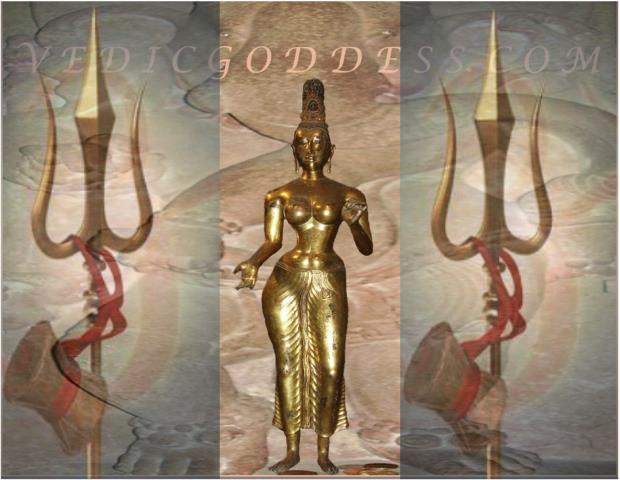
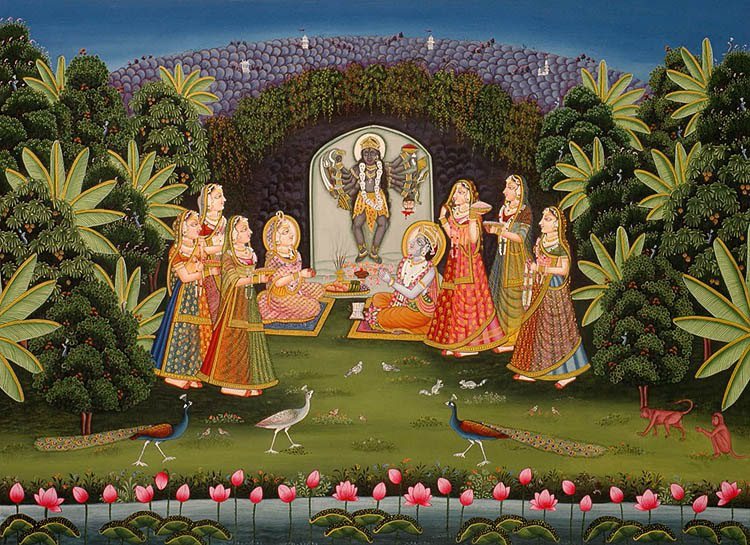

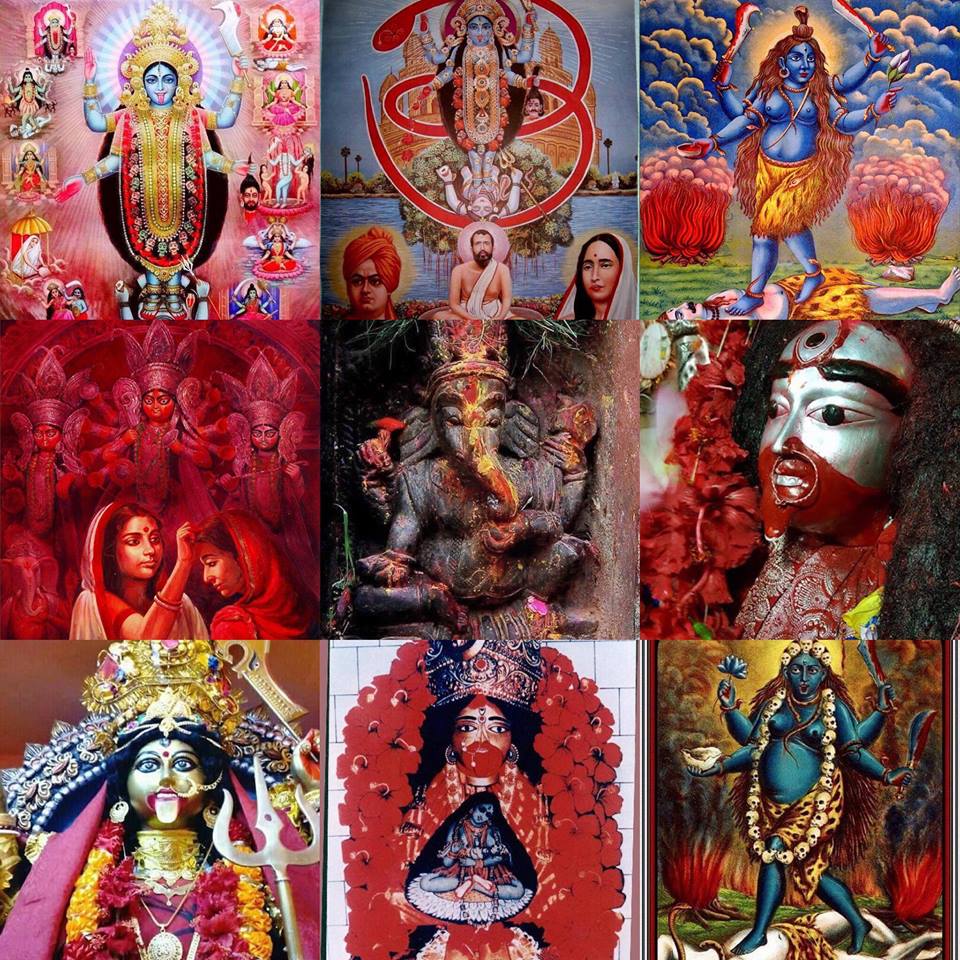
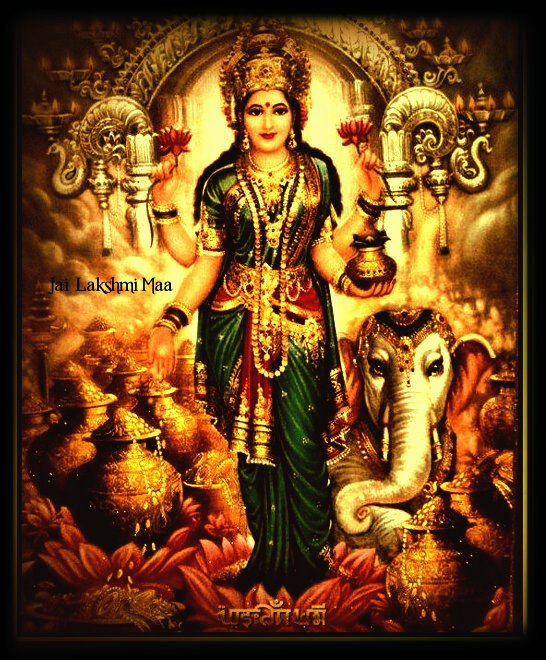
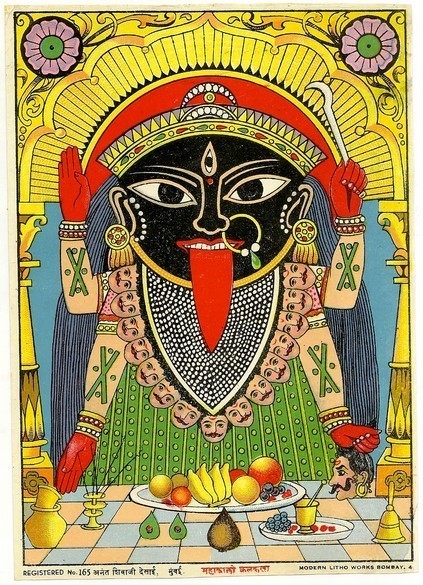
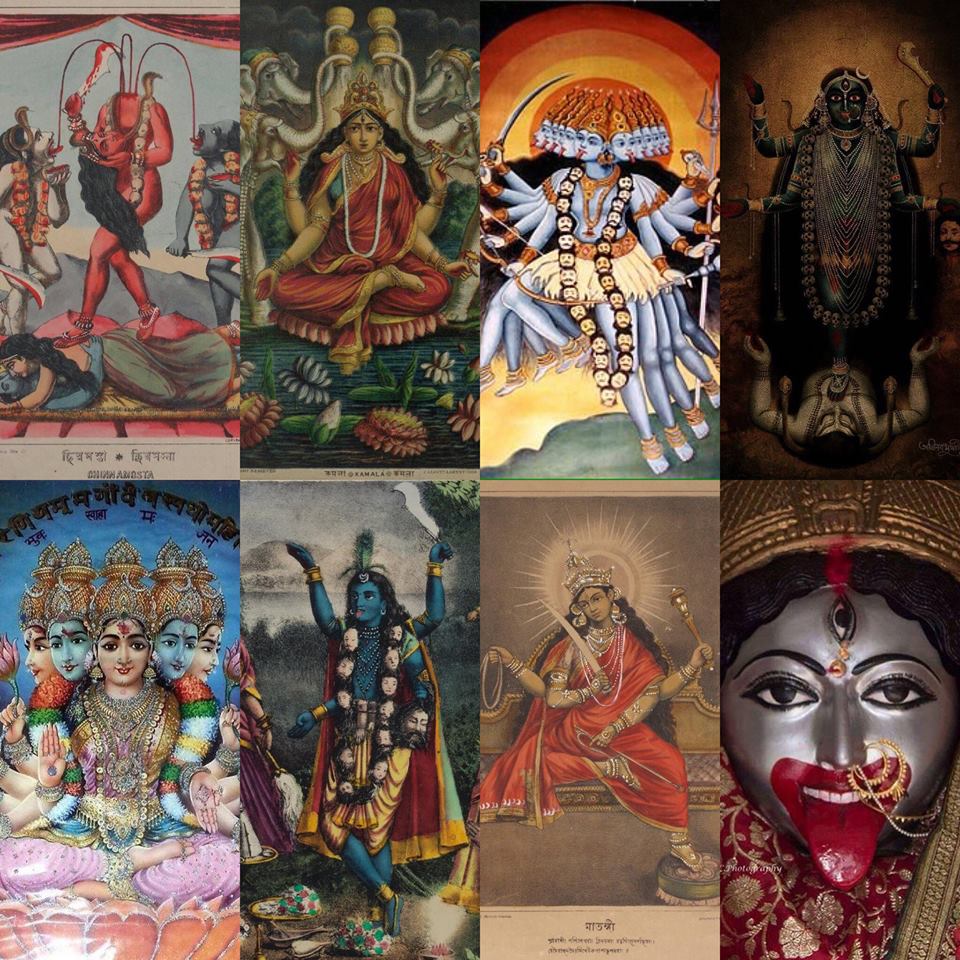
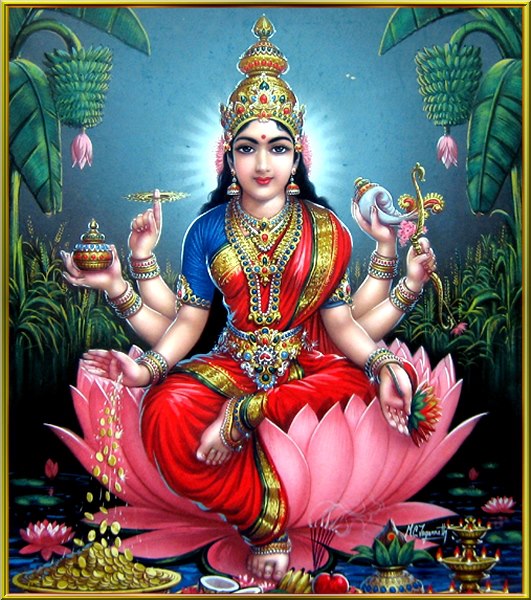
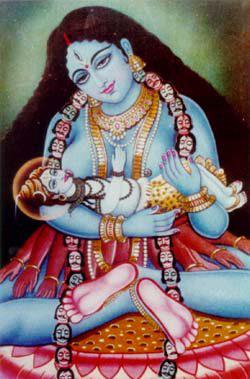
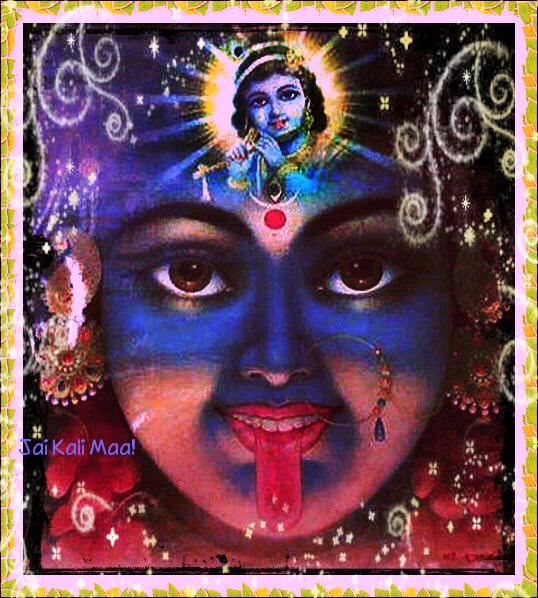
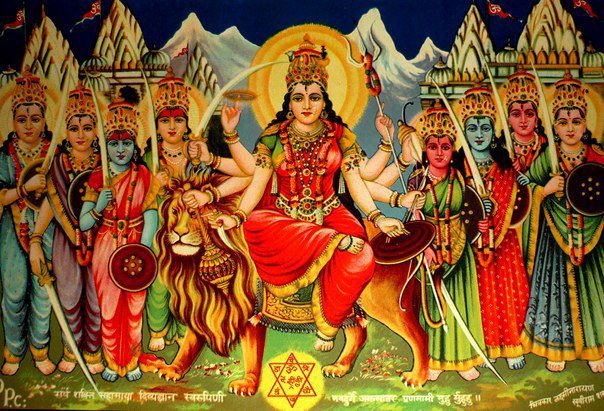
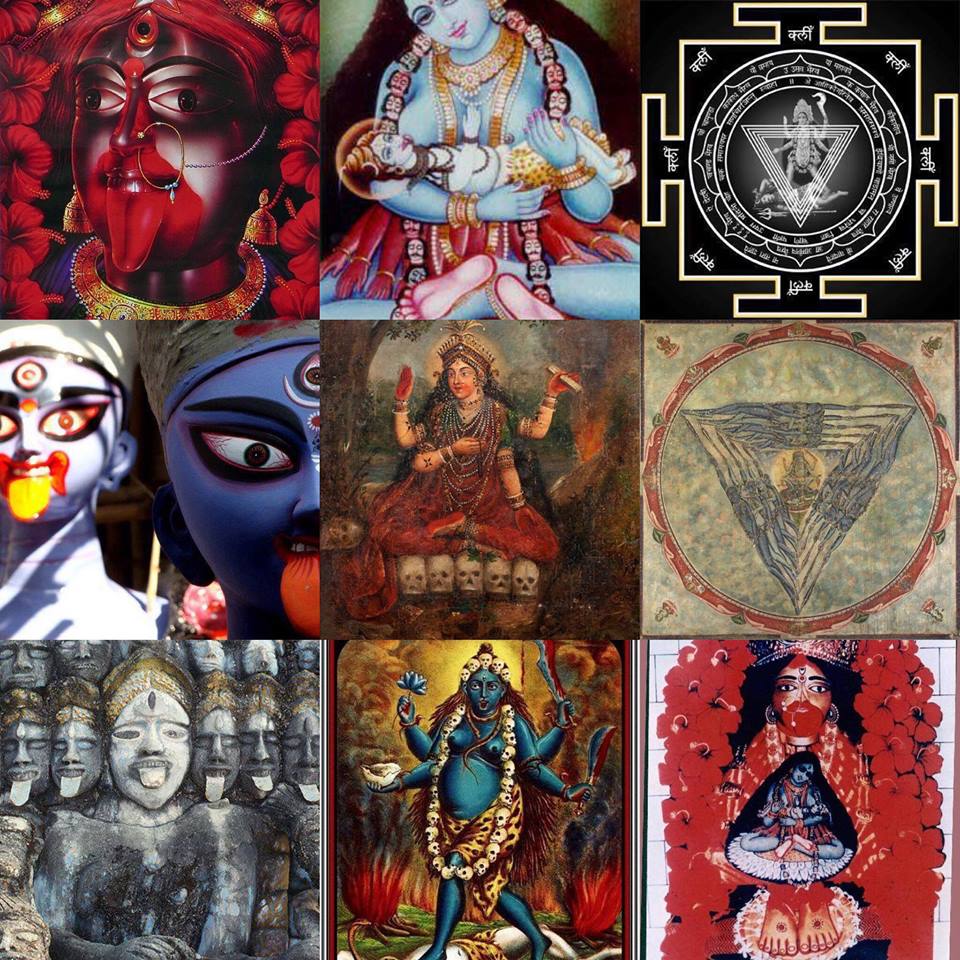
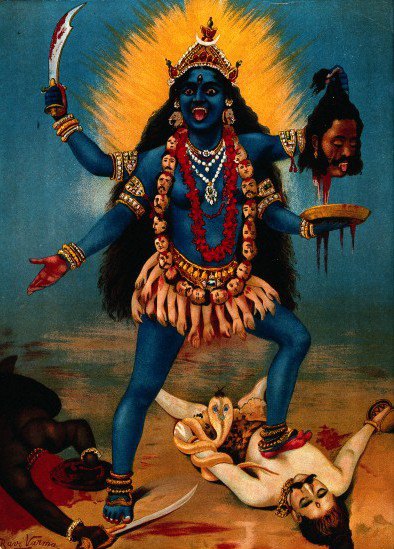
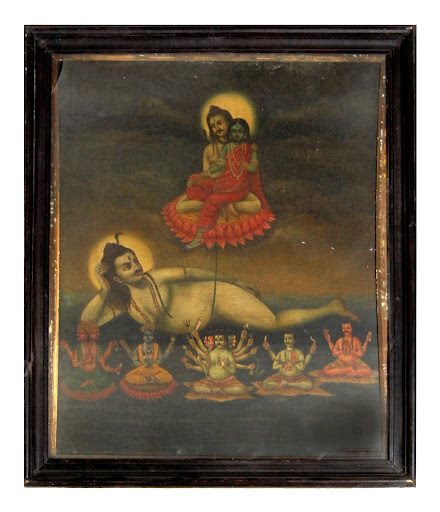
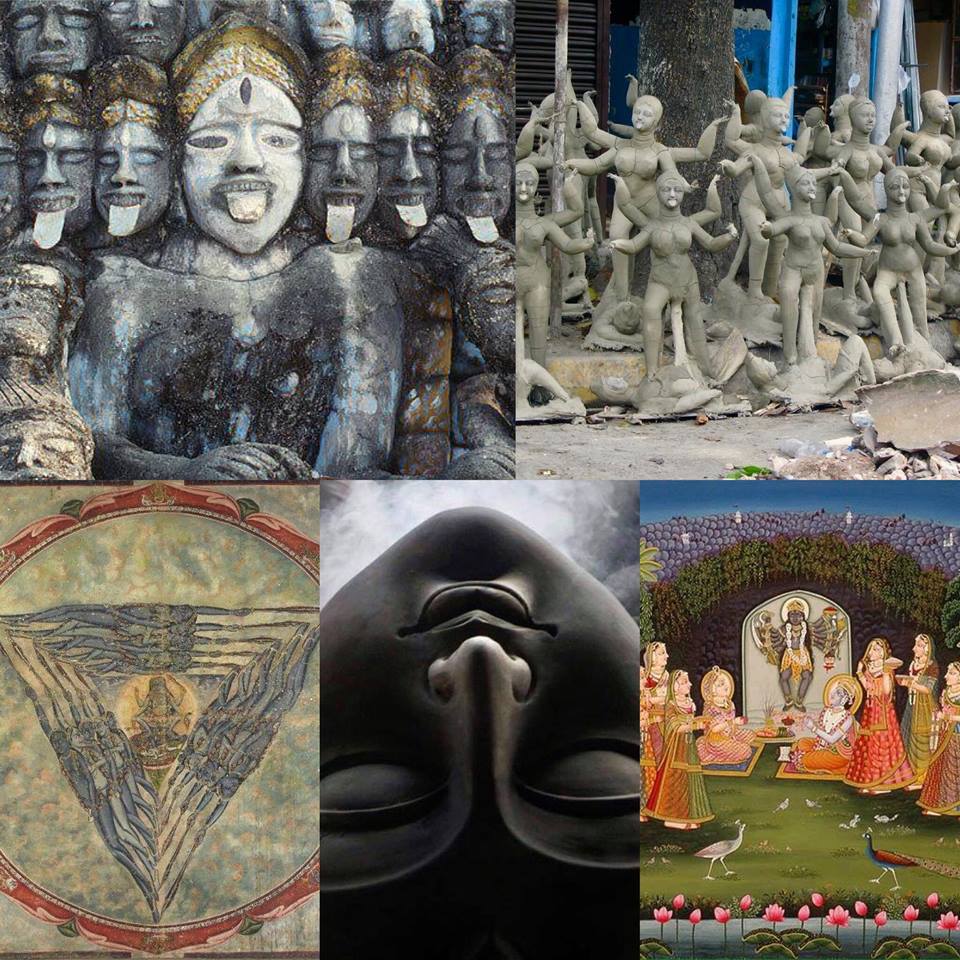
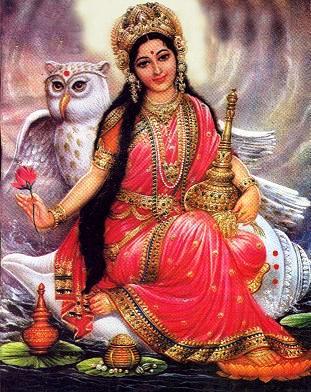
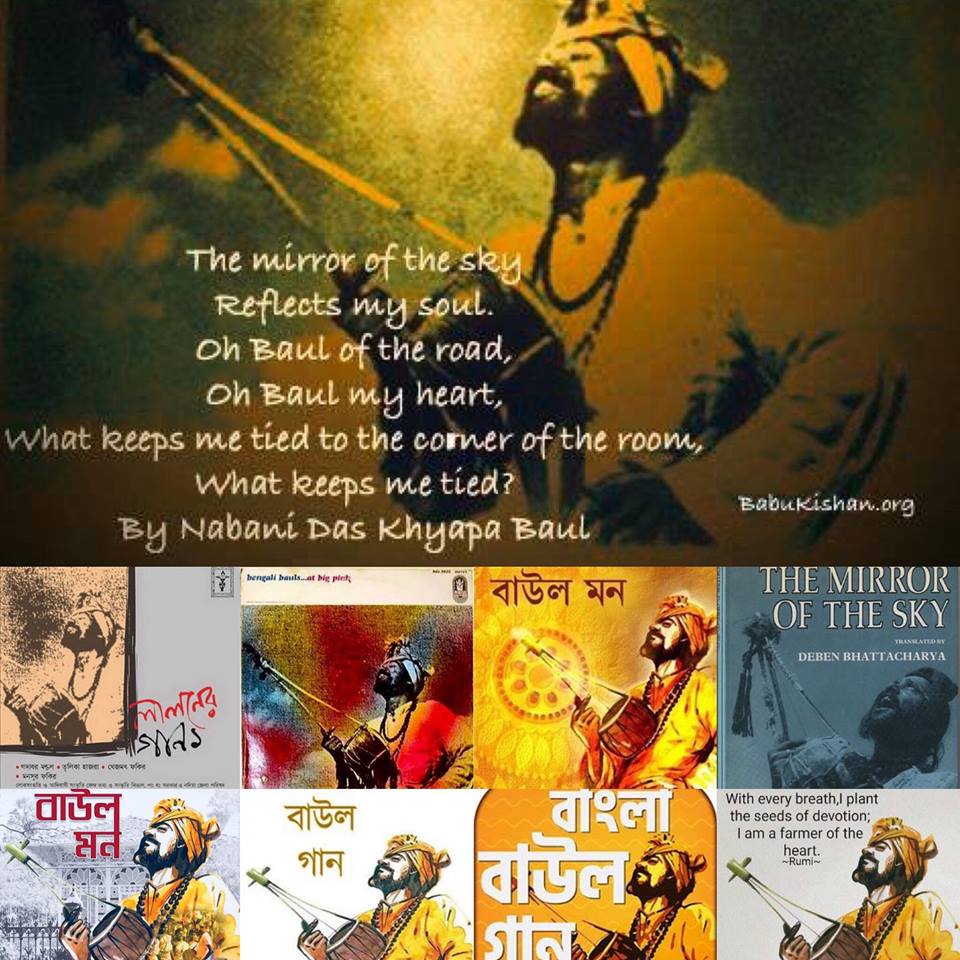
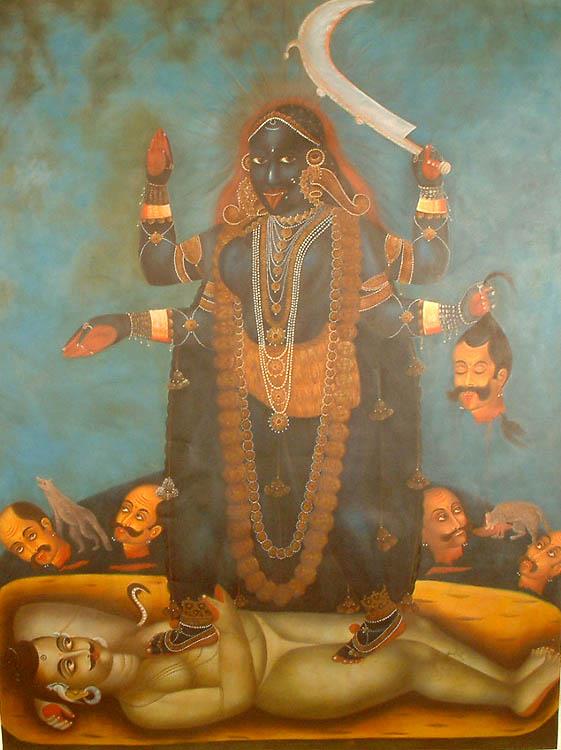
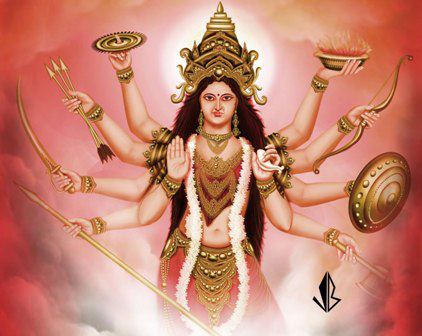
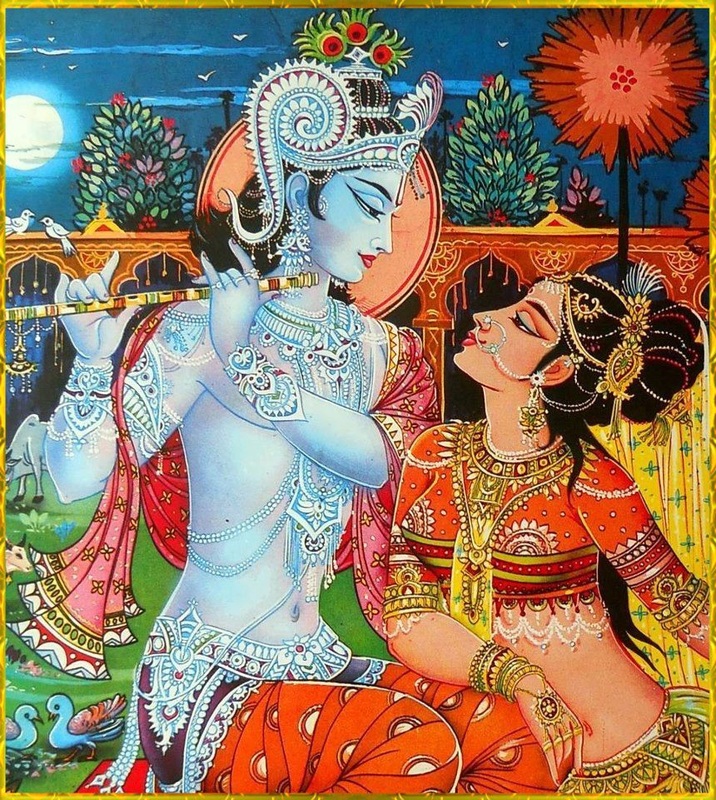
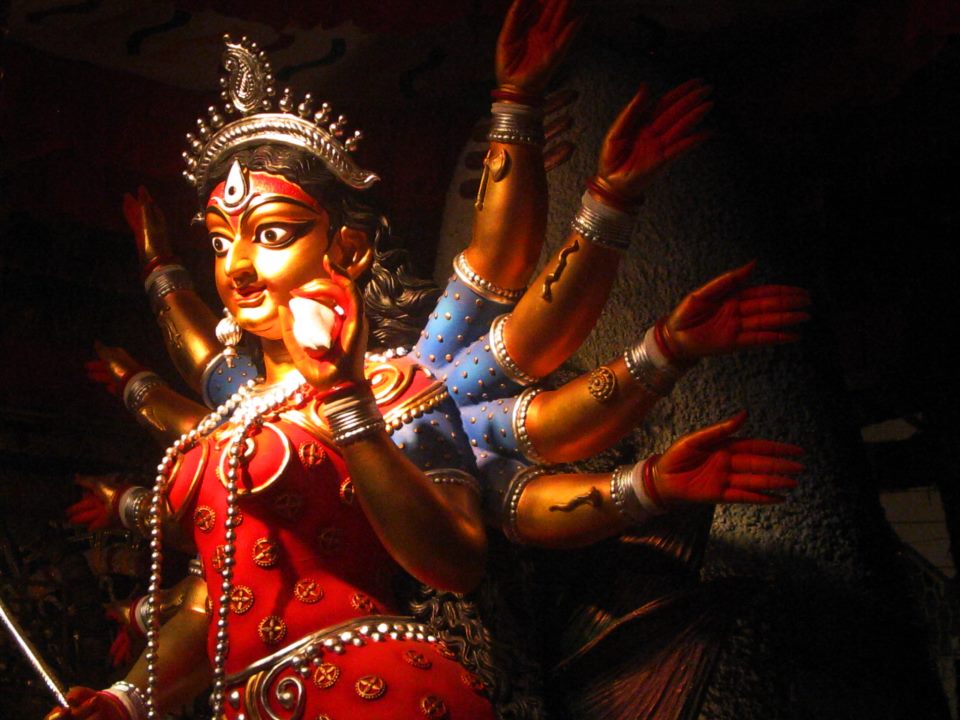
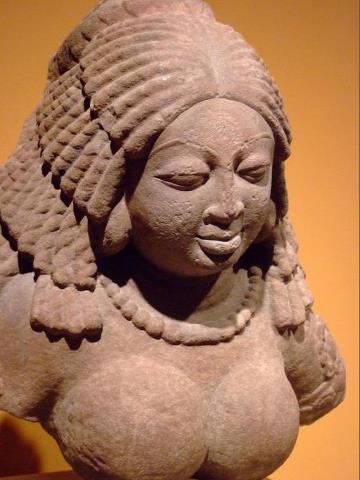
 RSS Feed
RSS Feed
